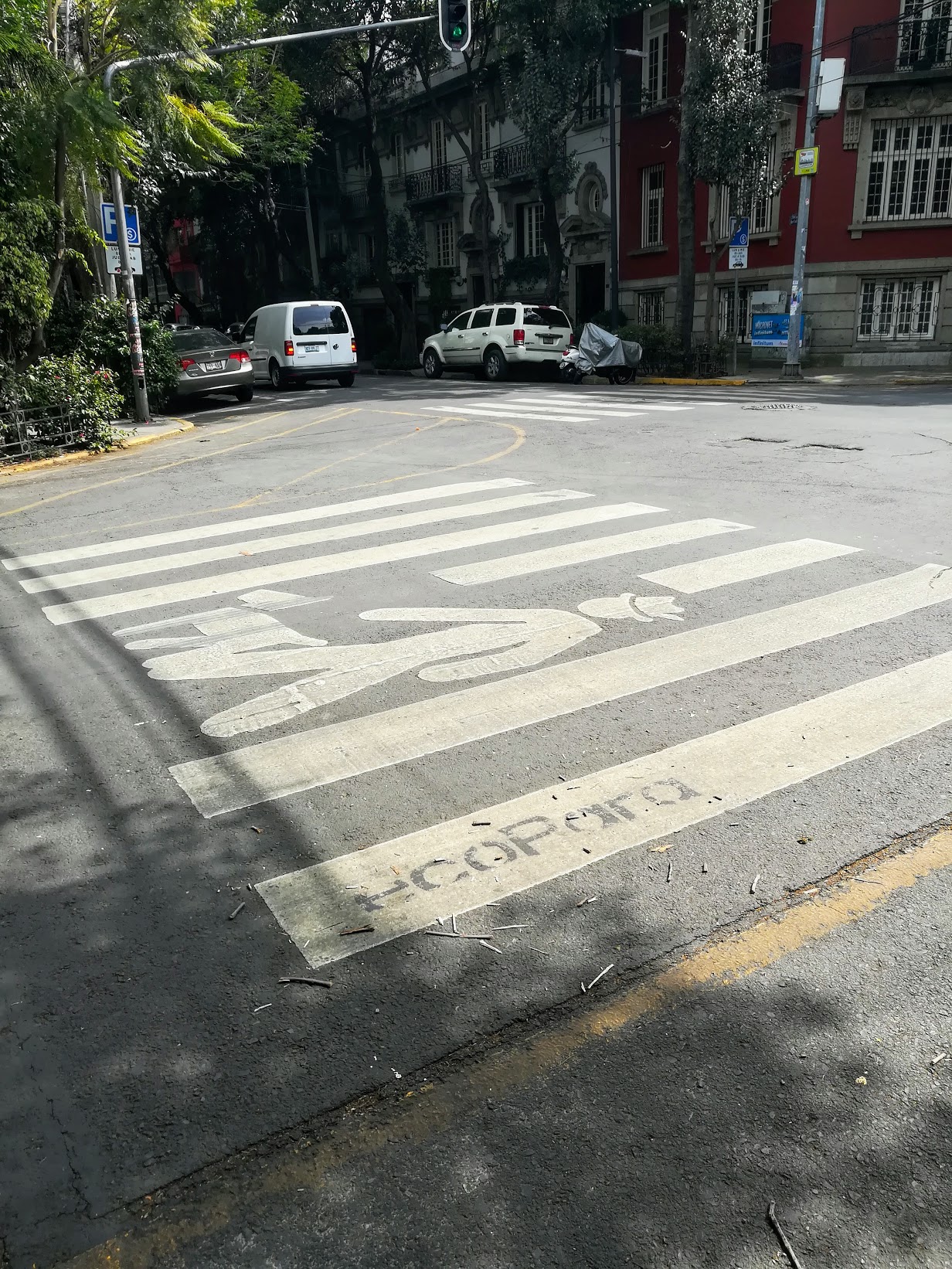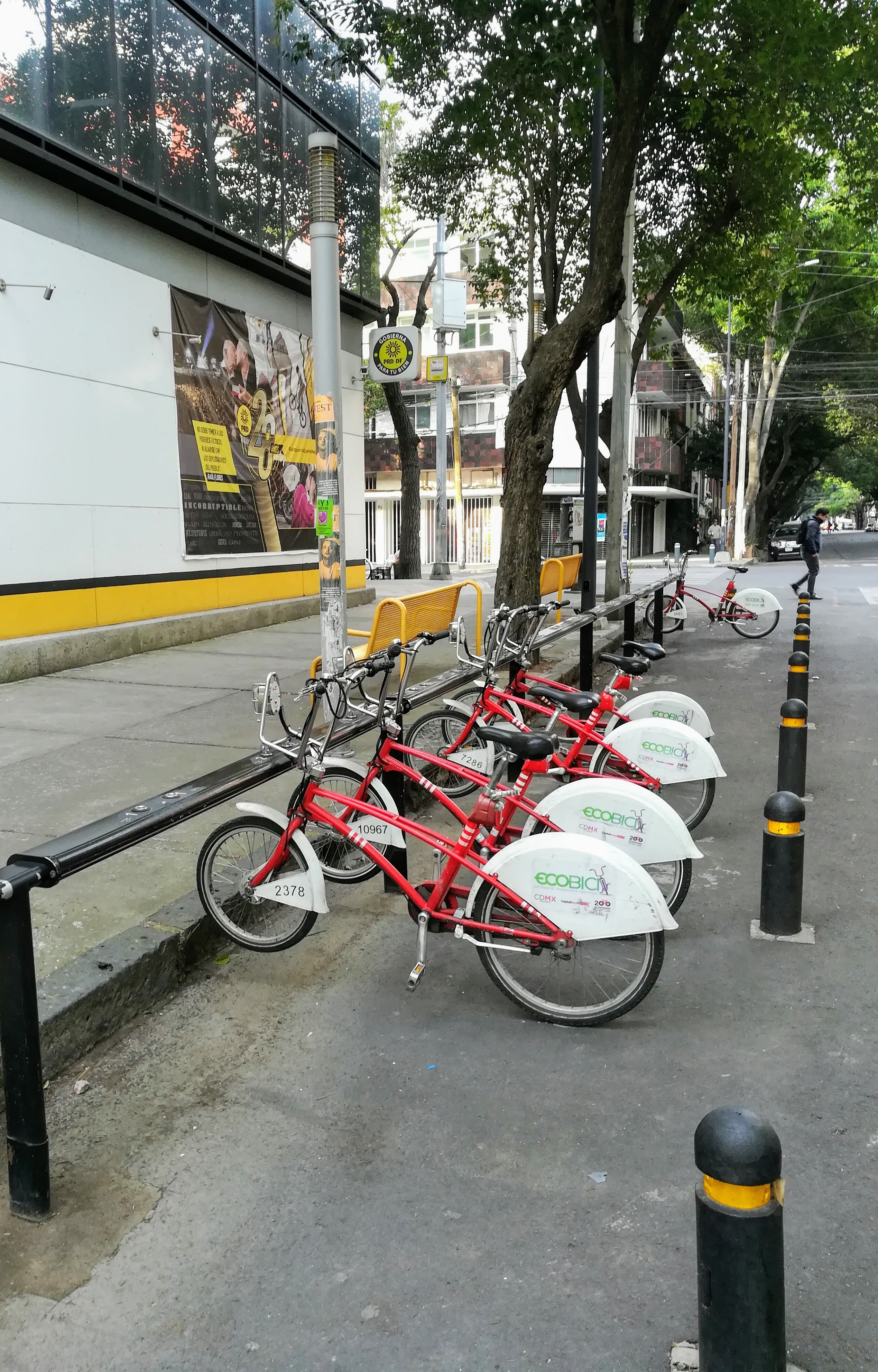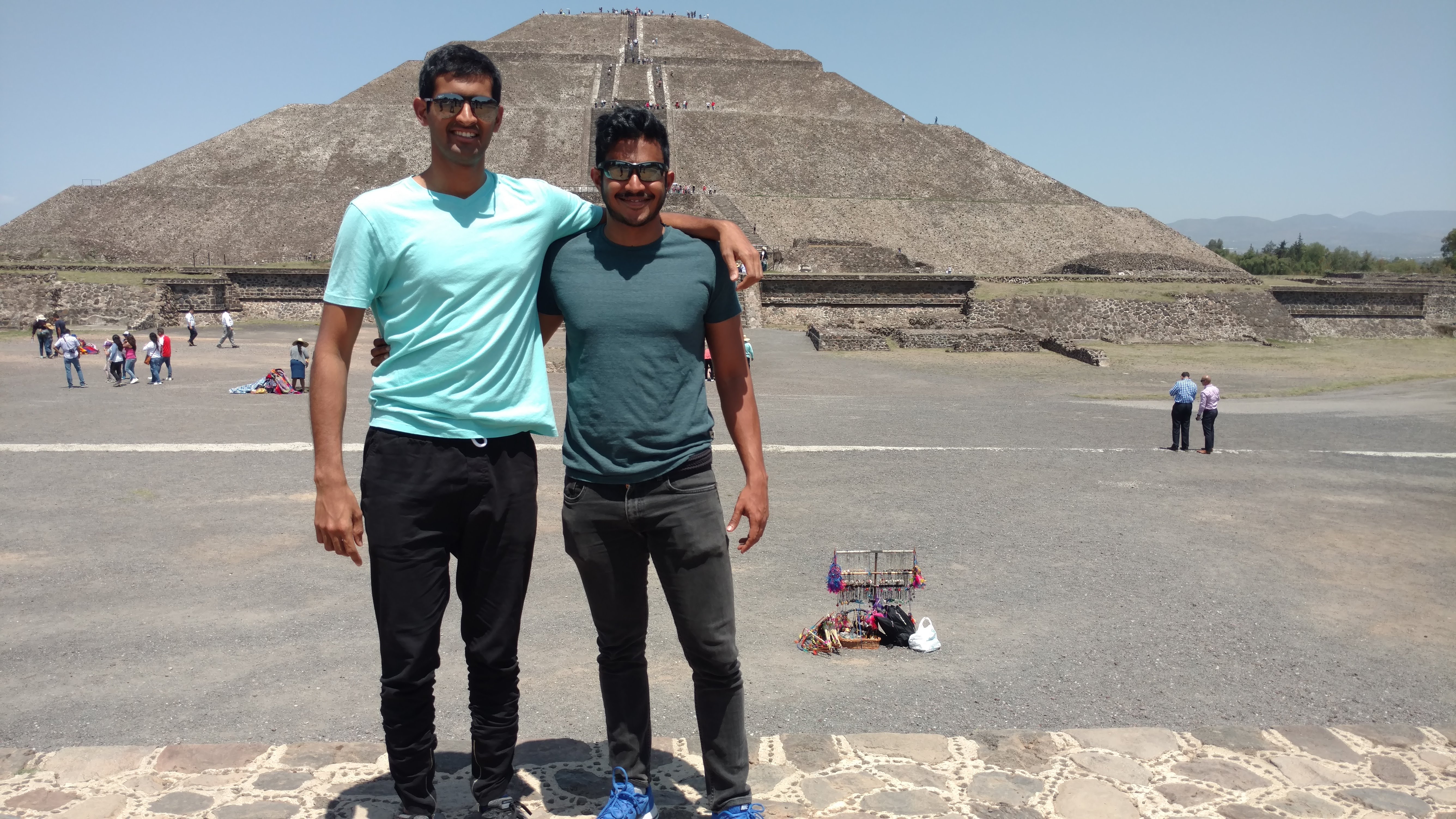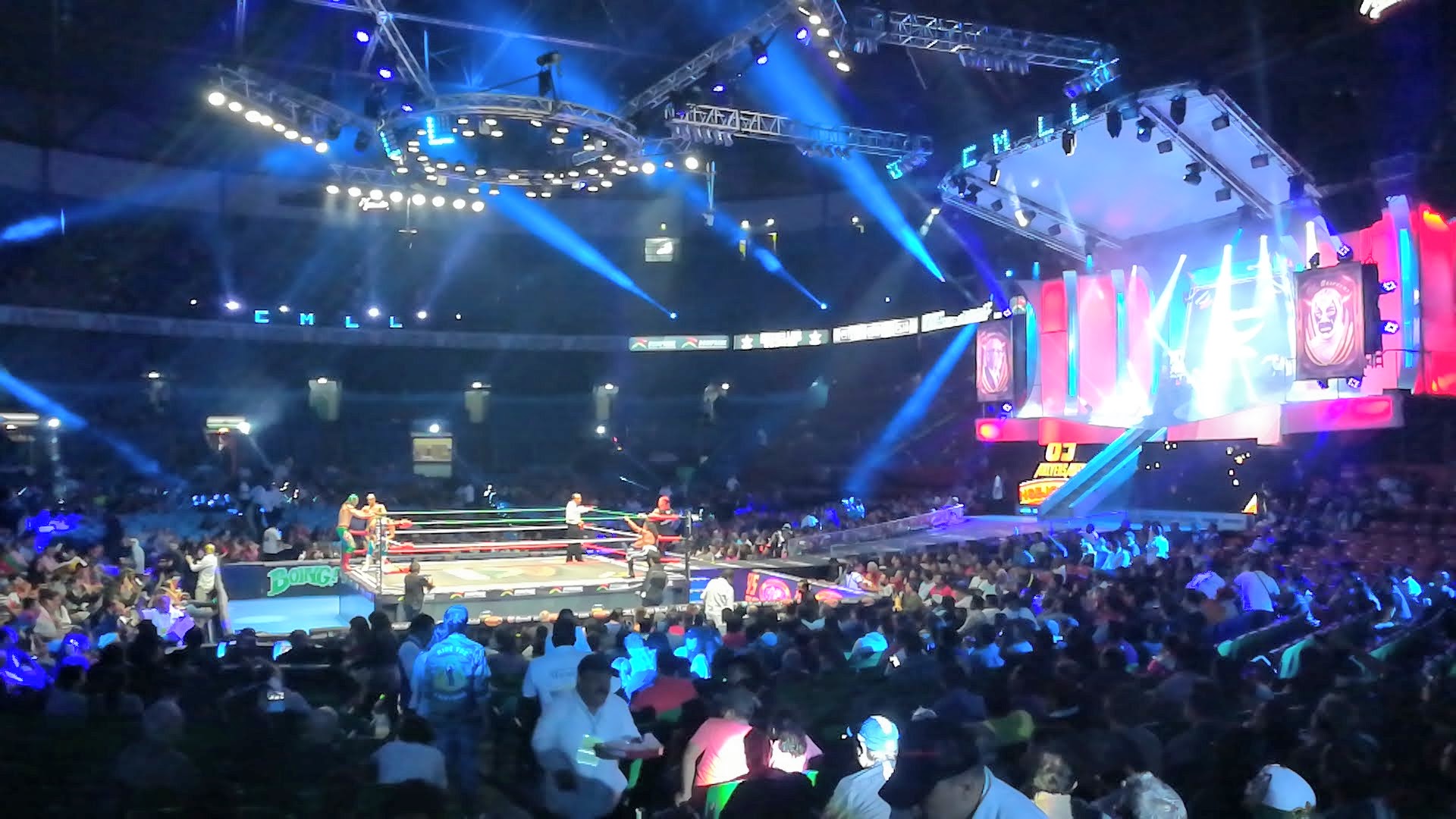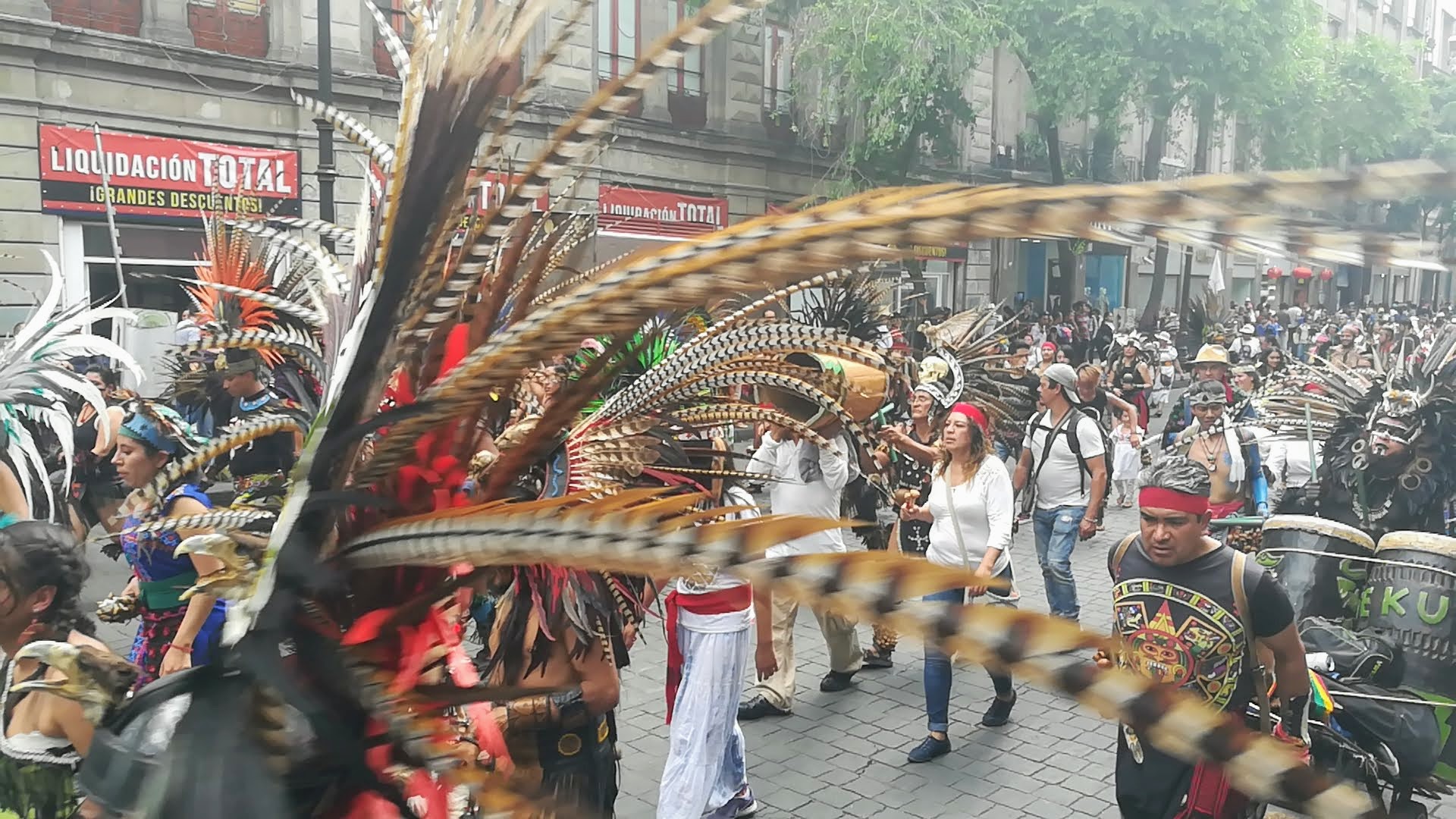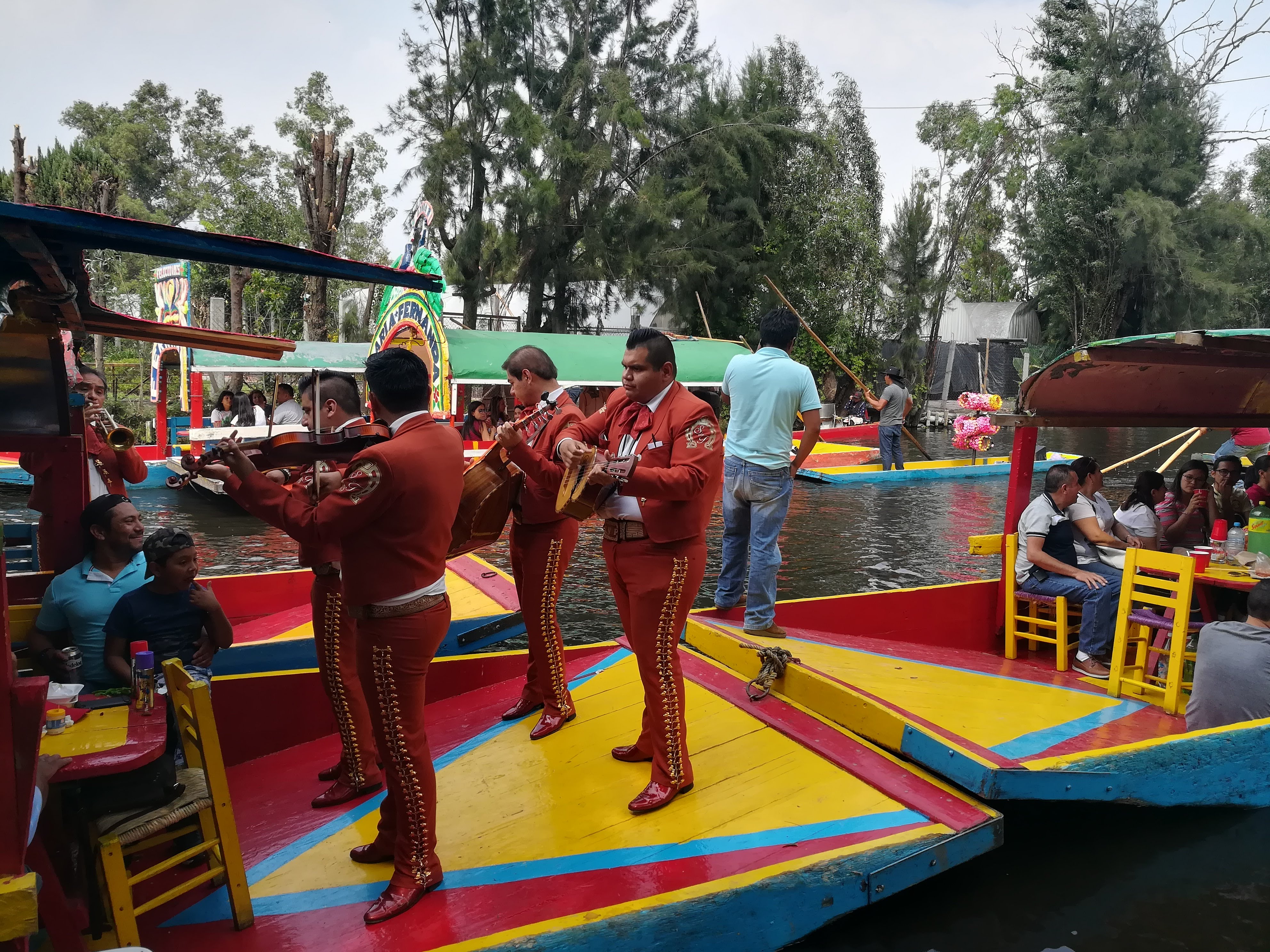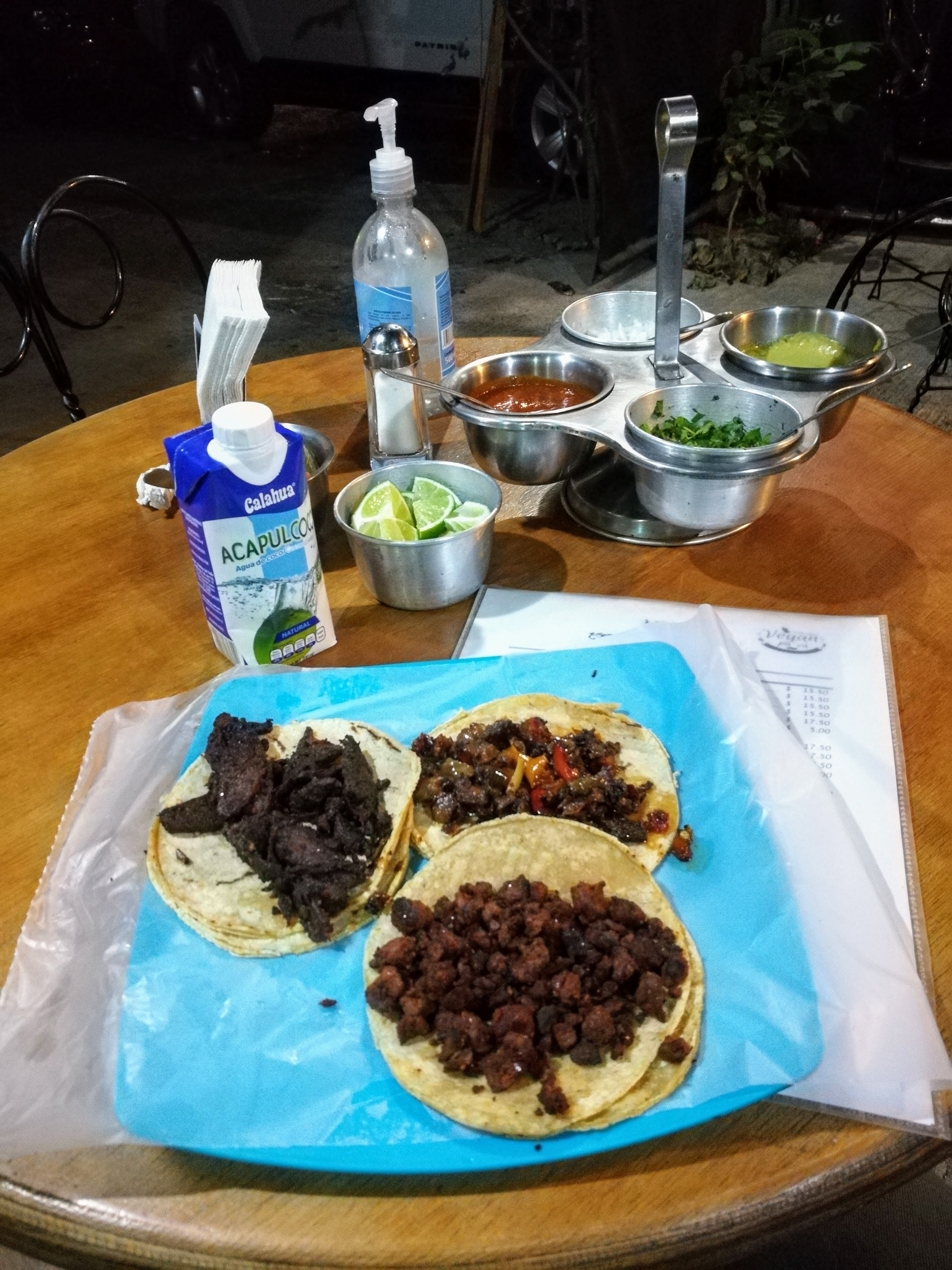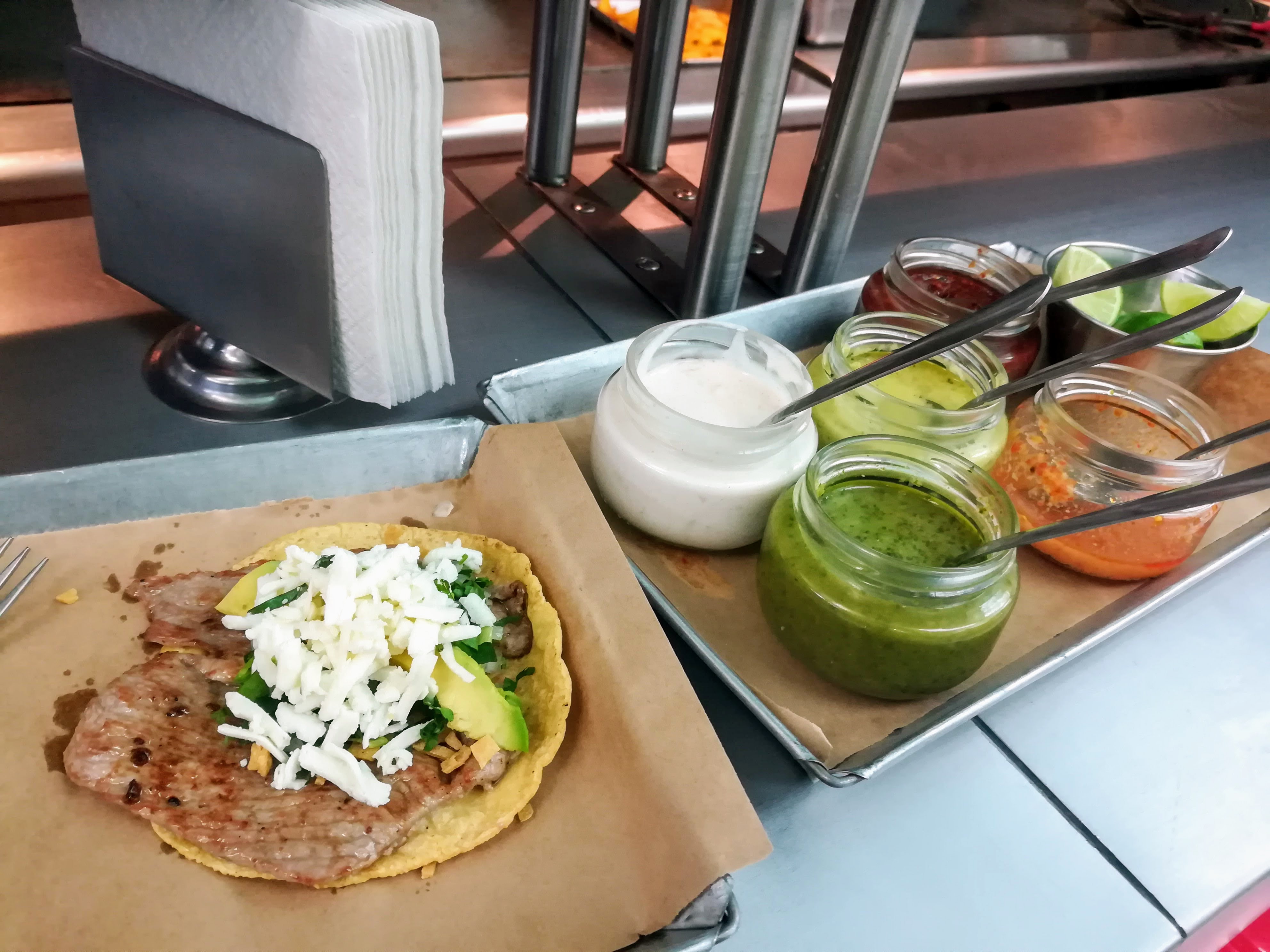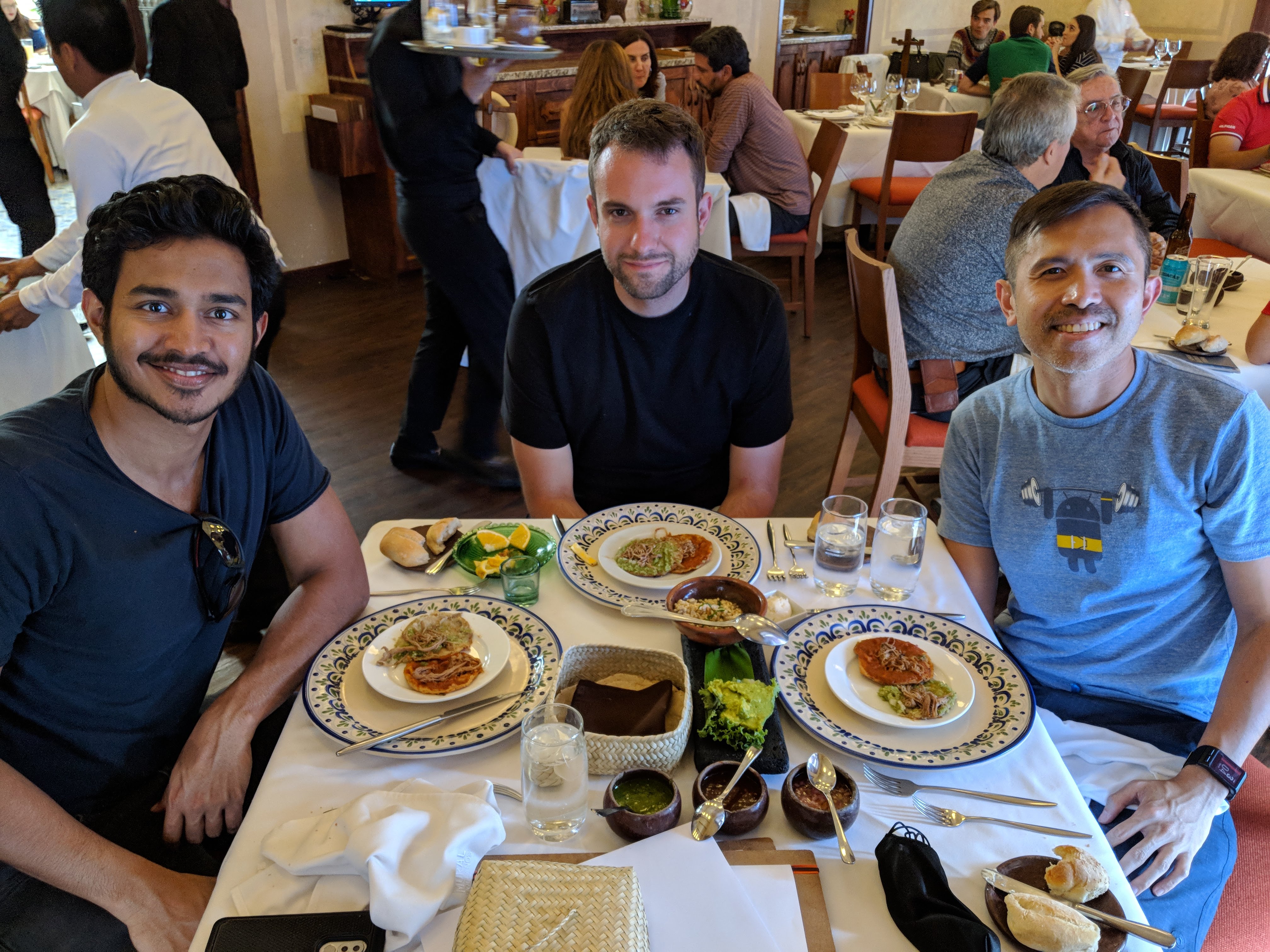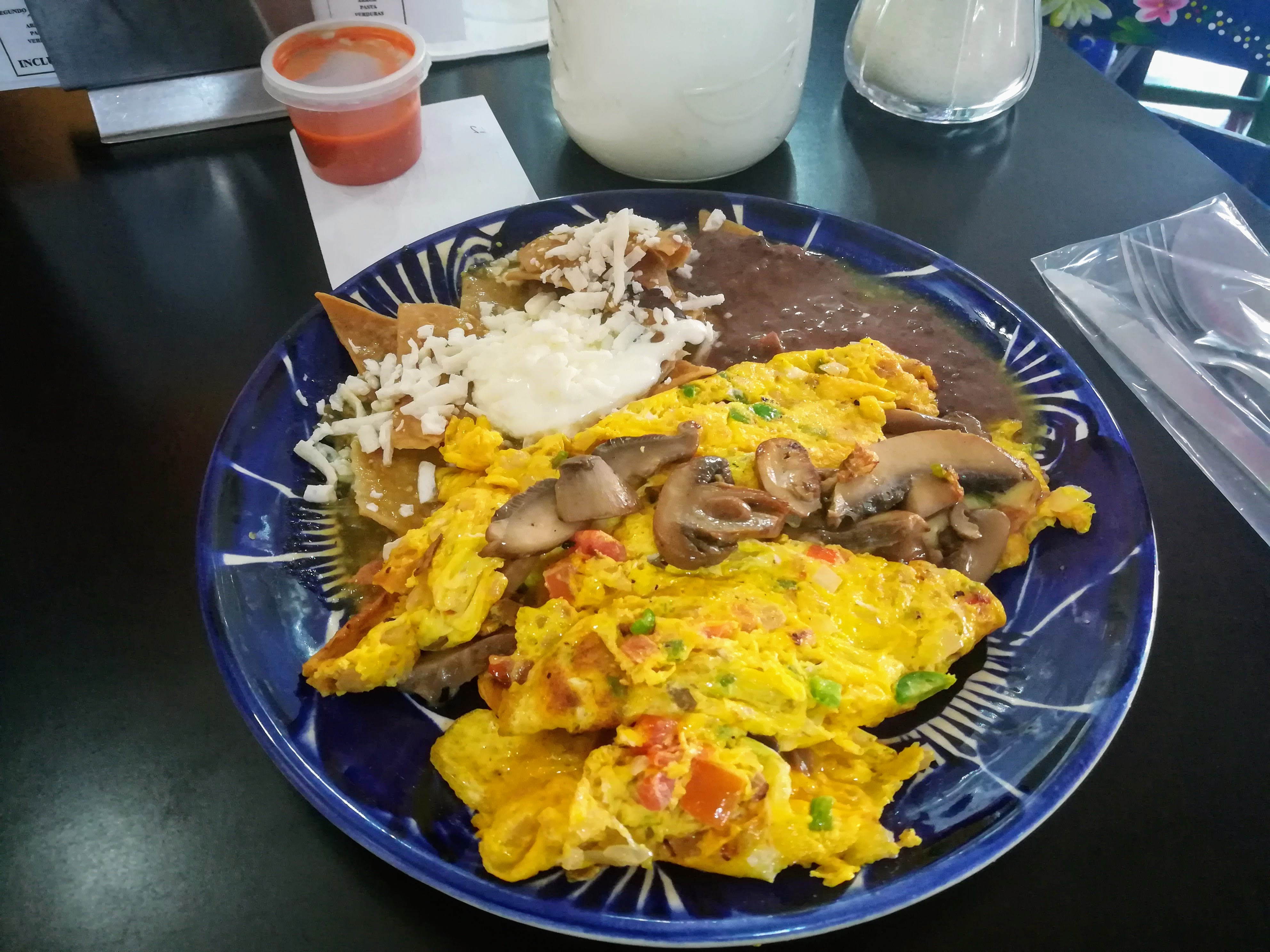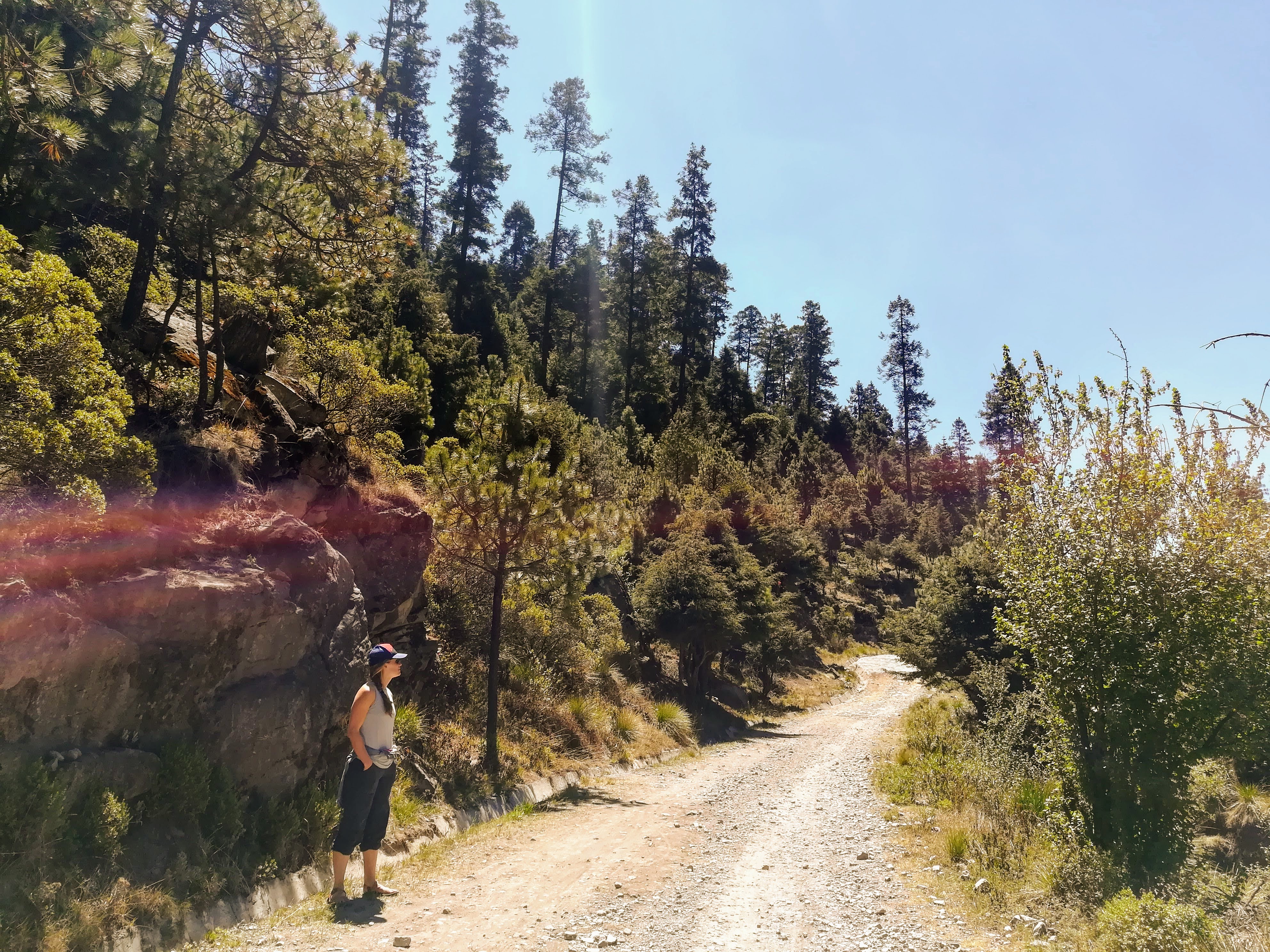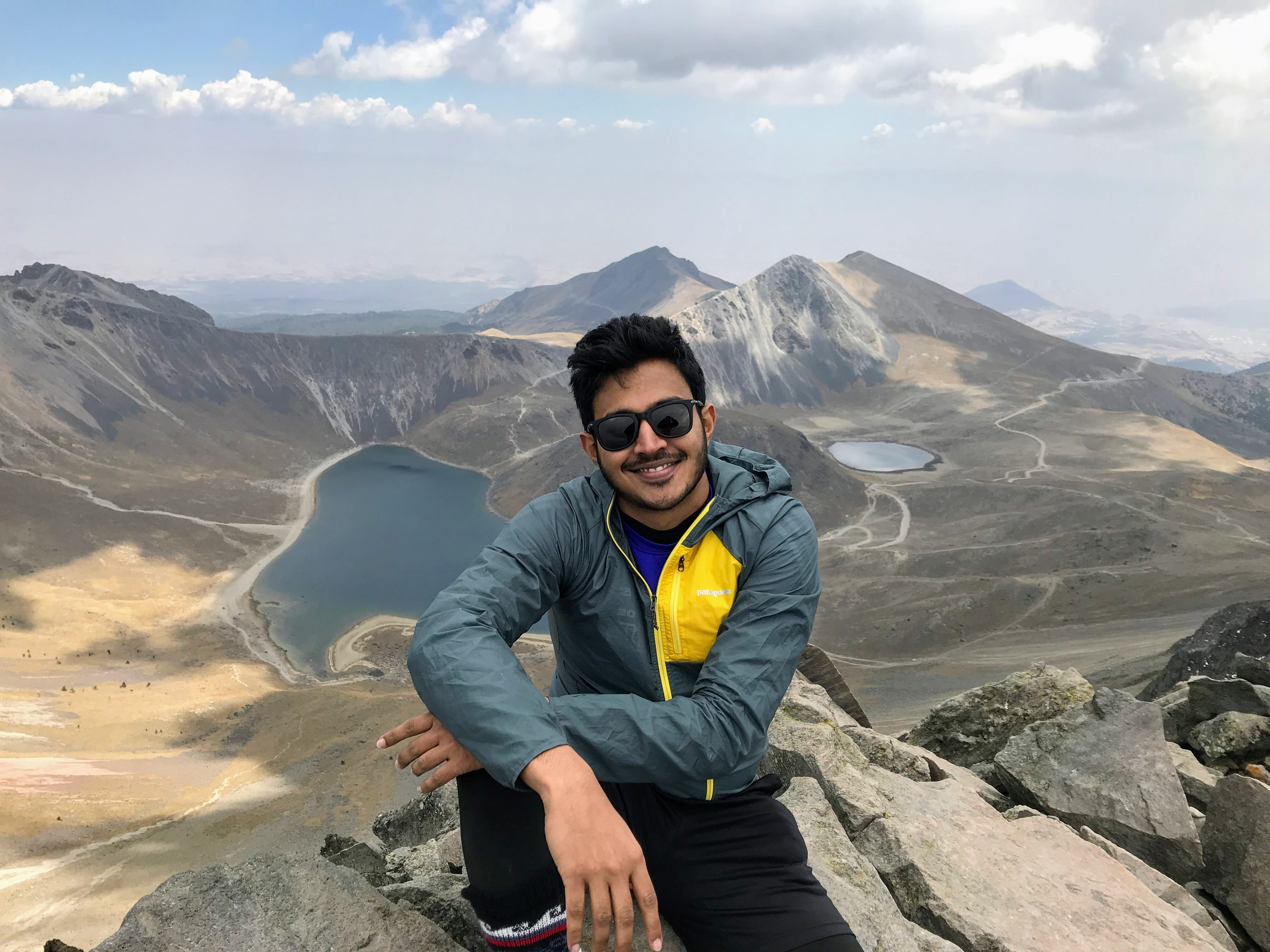- Apps
- Google Translate Offline 5
- Word Reference 5
- I keep going back to this because it gives you all different forms of a verb, all tenses.
- Anki (Anki Droid) 4
- Download the 1000 most used phrases
- Apps
- Google Translate Offline 5
- Word Reference 5
- I keep going back to this because it gives you all different forms of a verb, all tenses.
- Anki (Anki Droid) 4
- Download the 1000 most used phrases and the 500 most useful verbs. Keep playing. Helped me a lot
- Duolingo 3
- Lingvist 3 https://lingvist.com/
- Their promise is for you learn the language in 100 hours. I am curious what you have to say.
- Linguee 4
- This is on the top of my list because it helps me learn phrases, sayings etc and also keep local to every country.
- Memrise 3
- Podcast
- I use Pocket Cast for Podcasts and save them offline. I am currently trying
- LightSpeed Spanish Intermediary and its nice once in a while.
- I use Pocket Cast for Podcasts and save them offline. I am currently trying
- Social
- Language specific events 1. Quickly becomes about partying. Time effective wise.
- Teacher online. I suggest getting a teacher online and paying for it.
- Friends who understand both languages well and can help you learn faster. Sit with them.
- Post its
- If you are spending a considerable amount of time > 3 weeks anywhere, get post its and start sticking it into things with what they are. I had one on my toilet (Baños)
- Rules / Cheat sheet
- This is what I had on my mirror.
- Grammar
- So the grammar I keep going back to ( I have made this note on Evernote ). Feel free to look into it. The first half are words that I am currently learning, and once I feel I have learned it, I keep erasing.
- Lists
- Separately I have lists for verbs, vegetables, feelings, body parts, professions, etc that I keep going back to when offline.
- A word a day Newsletter
We spent ~1/3rd of our lives sleeping, why not have a good time doing it? pic.twitter.com/lseMHYCoc8
— Gaurav @ Doodling Between Meetings (@doodlexmeetings) January 19, 2023
Having had ineffective sleep over the years, trying a number of different experiments has now led me to deep sleep.
Caveats
-
Some work cultures can promote “you snooze, you lose”. As much as this can be effective short term, it's common knowledge that it’s detrimental over the long term.
-
A lot of the hacks below can apply irrespective of your sleep sensitivities and context, ie whether you are sleeping with another person/children, or are in your own bed or traveling, etc.
-
The hacks below focus on what you can control, ie your habits, as opposed to changing external circumstances, ie noises in your neighborhood.
-
Macros improve your health manifold and this is the first thing to experiment with, though media talks a lot about **micros, ie ***products/services *to buy that aren’t cheap, in part because they are tangible, smaller changes to make IMHO.
-
As much as some of the below hacks have helped me, it's a constant ‘get back to the basics’ theme when I ever notice I am not sleeping well and changes take a couple of weeks at least to show up (aka no quick fixes)
Tracking
The best way to track sleep is obviously checking in with yourself how you feel, and ideally changing one variable (macro or micro) keeping other variables a constant, as much as possible.
The second best way is to use an app or service. In this case, I can’t wear a watch when I sleep, so I use
- Emfit Sleep Tracker / Mattress Sheet: I don’t need to worry about switching it on / off. It was traditionally used by nurses for senior patients. Has alerts for if you are not in bed by a certain time. Not user-friendly, but for data nerds.

- Oura Ring: Not *another *watch affecting my sleep and has given me the awareness of thinking of readiness as different from sleep.
Macros
1. Duration of sleep
Get in the hours, and for me, it's at least 6 hours. This duration is not when you enter and exit the bed but the actual total hours sleeping, so budget for ~30m before and after and keep the phones away from your bed (No reels!)
2. Your bed
-
Get a really good mattress. If there is one thing to invest in and get right, it's this. I have had an Ikea foam mattress (don’t remember the name) and it started to sink in, after which I switched it over to a thinner and slightly harder mattress. In addition, I got an Ooler Cooling Pad and it has anecdotally improved sleep (there are others like 8Sleep though I didn’t hyper-optimize)
-
Wash your bedsheets/quilts or get them washed every couple of weeks
3. Food and Drinks
-
Skip, and if not, minimize alcohol (duh)
-
No Caffeine intake in the evening (duh)
Micros
Forget the micros, if you don’t fix your macros. Not in any particular order.
1. Sleep time
Sleep at the approximately same time every day to not shake up your circadian rhythm. If you are tired in the afternoon, don’t nap — push through to sleep time.
2. Screen time / lights out.
-
If you are spending the last hour working before you sleep, use either Nightshift&text=Click%20the%20Night%20Shift%20button%20on%20the%20right%2C%20then%20turn,until%20you%20turn%20it%20off.) or Flux.
-
Candles (recommend) / IR lights (RLT) are believed to induce sleep (not tried) — importantly reduce white/bright lights in the work or sleep area / dim them down a couple of hours before sleep.
3. Smells / Aromatherpay
-
First as much ventilation as possible if you are not using the air conditioning/heater.
-
After, either essential oils or sprays, which include lavender, chamomile, and bergamot are helpful. Really, anything that makes you feel calm and relaxed.
-
Wash your quilt/bedsheets often or get it done. Game changer!
4. Bedroom temperature
Huberman recommends setting the temperature between 65–68°F (18–20°C) for optimal sleep. I go further below 18*C (if your aircon supports it) and get a thick quilt. Some folks are into 10kg heavy quilts, that I haven’t tried.
5. Sleep meditation
If you are mind is racing, either decide to use that time to actually work (it helps me) or try a sleeping meditation (Yoga Nidra). The absolute worst thing is to start scrolling reels again.
6. Eye rest
If you are like me stressing your eyes out spending 5+ hours in front of the screen, consider using a reminder app to give your eyes a break!
Worth getting a blue light-blocking glass (this hasn’t worked out for me so I go after the screen time tip above)
7. Water consumption
Too many liquids before sleep and you have to get up to pee. Too less and you feel thirsty (keep a bottle next to you nevertheless) You know the beautiful middle.
8. Supplements
-
Ashwagandha — for calming the mind, found it inducing deep sleep.
-
Magnesium (Citrate or Glycinate) — a few hours before sleep, has helped me get more REM sleep.
-
Your sleeping medicine is likely melatonin, and this is used when traveling, changing the timezone, where you pop one after you take off to sleep in the destination timezone.
-
Chamomile tea is sleep-inducing, along with lavender. I don’t enjoy the taste as much though it does its job.
-
The calmer your gut, the deeper your sleep. So spicy, oily or allergy-inducing food to the minimum.
9. Sounds + Travelling
Sleeping in another bed, or on a plane, I can’t do without
-
Earbuds — I like them attached so I can re-use them and they don’t drop off. If you use them while swimming, the same ones aren’t too shabby.
The above has become such a habit that it helps daily — especially if you have noises around the neighborhood or snoring partners.
For sounds, there are sleep playlists (binaural beats, or specific frequencies) that you can set up as part of your Alexa/ Google Home routine, and have it stopped within the hour, running in the background.
10. Air quality
- Consider using Plumelabs to reduce air particle/pollution if you know that obstructs your breathing. I haven’t used it but friends recommend it.
11. Exercise / Baths
-
I avoid ice baths close to rest, makes me adrenaline pumped. Similar with exercise.
-
Alternatively a warm bath close to bed time can help drop the temperature just after, that induces sleep, per Huberman.
11. Others
- Some folks advocate to breathe via the nose “only”, by taping your mouth so you breathe slower, inducing deeper sleep. I have only felt uncomfortable with tape on my mouth, so this hasn’t worked.

Hit me with what has worked for you — and if there is more tips that have helped you.
]]>As much as the location independent lifestyle is incredible, there are challenges associated with working remotely that one has to accept or work around. Having previously worked with small small, co-located teams that were very productive, I tried to replicate the similar productivity in a remote work setting. However, I did not hit the ground running; it took a couple of months for me to feel comfortable being remote and reach the level of effectiveness I wanted to.
I have worked on two companies; Lingio, a social language learning app based out of Stockholm, Sweden partly remote and Markable Inc, a visual product search startup based out of NYC fully remote. You don’t need to be a developer or designer to be more productive when working remotely using these tips.
What has helped me align with my client and be more effective?
1. Accept that you will not be as effective as you will be in person.
This is counter intuitive; as much as collaborative technology tools are improving, there is a disconnect when you are not in the same room. I tried to compensate my ineffectiveness initially by working longer; realizing how unsustainable that can be and started having a clear agenda for meetings and dividing tasks into smaller chunks.
2. Preferably work with people you have worked before.
To be at your best being remote, there has to be trust. And trust is hard to build — if you have a good working relationship with a team before, that’s a bonus.
3. Get a coworking space.
Separate work from home. Ideally somewhere close to where you live. Recreate the desk that you always wanted and guarantee a good network connection. A good connection and a quiet spot in a coworking space is paramount to effective meetings Further, you have a community of other digital nomads like you who make life more social.
4. Set the hours for work. Show yourself.
Ideally you should be a timezone that is -3/+3 of where the team sits and have 4 hours of work time together. Tools like Zoom and Google Hangouts make this easier today.
5 .Overcommunicate. Just keep typing/JKT.
Get better at explaining yourself in writing. Writing often and writing descriptively helped. I have tend to become better at thinking clearer because a lot of the communication is via text.
6. Set the scope of what you are working on.
Set a short term scope even if you have to break down tasks to the individual units. When I was designing the mobile chat interface for Lingio, I divided the design and development phases and further for the design, into individual sub pages.
When your tasks depend on other people, we try and keep the dependency as less as possible to reduce back and forths and further to minimise the time needed for managing the project.
7. Clarify expectations explicitly.
Pin down what you are going to deliver by when and have daily Slack updates and weekly video updates with screen recording. I overlooked this initially but put in the time later everyday before I checked out to help me keep track of what I worked on myself.
When I got started in October 2015, I was doubtful whether if I could sustain being a digital nomad long term, but looking back, I have decided I’ll continue doing this at least for another year. I continue to look back at these tips if I feel I could be more effective. If you have any tips to share, feel free to tweet @cggaurav.
“By working only when you are most effective, life is both more productive and more enjoyable. It’s the perfect example of having your cake and eating it, too.” Tim Ferriss]]>
Gaurav studied Computer Science at the National University of Singapore, worked as an early engineer at Spotify in Sweden before moving back to Singapore to start a company that didn’t hit product market fit; to then realize the need and
]]>Gaurav studied Computer Science at the National University of Singapore, worked as an early engineer at Spotify in Sweden before moving back to Singapore to start a company that didn’t hit product market fit; to then realize the need and moved into product management, at PayPal. This article is the kind of conversation he has with friends considering moving to Singapore.
1. Opportunities are becoming consequential in the region from a macro perspective.
- With companies like Google, Twitter, Meta, PayPal, Stripe, Wise (read MAMAA), and more setting up their product/engineering offices HQ in APAC, along with a slew of early tech leaders with exponential scale-up experience in the valley moving here, the tech ecosystem continues to grow..
- Local players including Grab, Gojek, Lazada, Carousell, SEA / Garena reaching unicorn statuses have proven to the world that Singapore can be a small island with big dreams.
- Singapore is a tactical HQ for Chinese scale-ups looking to expand in the region with Binance, Alibaba and Tencent already setting up an engineering base here.
- With easy access to capital, low corporate taxes paired with fair and transparent regulation, it’s only a matter of time for both scale-ups overseas and startups to set up their HQ here, tapping the local talent to then expand their engineering/product offices.
- With the likes of Economic Development Board (EDB) / GIC (Singapore’s sovereign wealth fund) and EDBi , and top tier VC firms like Temasek (Singapore’s other sovereign wealth fund), Sequoia (Surge) having skin in the game backing aforementioned companies, thereby providing fertile ground to attract top class talent and widen the types and stages of companies here.
With the above tailwinds, as both startups and established scale-ups build for the needs of the next billion users (NBU) and SMEs which are the backbone of the ascending economies in the region providing, tech opportunities here will continue to get more consequential.
2. Product & Engineering management is burgeoning, yet nascent and direly needed
Given the growth and momentum of these startups, there’s a huge (and increasing) demand for experienced product and engineering leaders. As more companies scale along with the challenges in growing and developing leaders internally — which is acute in SEA — there is a need for seasoned and experienced leaders to shape and grow the talent here.
Managers are stretched to support teams larger than what they have seen before, and finding resources to develop them is a key concern among founders. As a side, given Singapore is geographically small and evolved to be digitally savvy, there is a lower barrier to seed and set up remote-friendly teams (with access to top-notch talent in India and Vietnam as an eg) as the culture to collaborate across timezone becomes the norm.
IC engineers, data scientists, and Product Managers (PMs) look for mentorship in their next role as a significant filter, which is a gap that’s rising and yet to be filled by seasoned operators, which is only to come from outside Singapore.
Despite the tech layoffs recently, startups and early stage startups are jumping on the opportunity to hire such top notch talent, specifically those that are confident to thrive the next 12 to 18 months.
3. Startups and scale-ups are becoming product driven / customer centric
In 2015, when I was interviewing for companies here, there were just a few recruiters specializing in PM as a function. Fast forward to now, you’ll find hundreds focused on hiring at all levels, with an accurate view of the market conditions. Additionally, Product Management Festival, Mind the Product, Product Led Summit which are top product-management centric conferences run in Singapore physically every year.
Anecdotally, during my stint at Grab, a memorable experience was the onboarding immersion program. Every Grabber gets to wear the Grab branded jacket to both deliver food and sit next to a driver partner with passengers (with their consent) for transport rides across a few days to really understand the challenges our customers face; this was enlightening and refreshing, influencing how different products were crafted and go-to-market (GTM) strategies were devised.
More recently, with the HackForPublicGood hackathon by open.gov.sg — which is the SG government wing for tech for the public good — my team had the opportunity to contribute as external participants. Before any code was written, every team went through rigorous user interviews, supplemented by design workshops to understand the problem being solved is critical.
Pre-hack design workshop brainstorming on what problem statements are worth solving for at HackForPublicGood 2022.
With the initial success of Singapore being a financial hub, i.e. indexing towards being business, operations, compliance or legal driven, I notice a change in a slew of companies that are actively customer and product-centric, keeping the user’s needs and pain points top of mind. Learning about trade-offs actively debated between different stakeholder asks are the crux of enriching chats I come across in meetups locally.
4. Crypto friendly regulation in a mature fintech ecosystem
Southeast Asia’s ascending economies have seen early adoption of crypto. Specifically, the Philippines (had early regulation in 2017!), Indonesia and Vietnam adopted and embraced crypto early, with their sizable (600M+) young and tech leaning population and sparking the web3 play-to-earn economy.
Monetory authority of Singapore (MAS), the fintech regulator, are tech-forward, while remaining prudent about balancing the act between seeding innovation and managing specific risks (anti-money laundering, terrorist finance, investor protection, etc). Coinbase, Crypto.com, Revolut, Coinhako and others getting (in principal) digital payment token licenses to buy, hold and sell crypto, help set the stage to see further innovation in web3 particularly DeFI, stablecoin use cases and NFTs / gaming.
As a callout, Partior, a collaboration between DBS, JP Morgan, and Singapore’s sovereign wealth fund Temasek is disrupting cross-border payments with open and near real-time blockchain settlement between banks in SGD and USD, reducing friction in both time and fees for businesses to move money across the region.
Lastly, with the density of crypto startups increasing, I hope to serendipitously bump into Balaji Srinivasan (x-CTO of Coinbase, x-a16z partner) or Vitalik Buterin (Founder of Ethereum) soon as they make Singapore a base.
Despite the crypto downturn with the likes of FTX and Celsius recently, a sizable community in Singapore believes in core tech innovation of blockchains continue to build products and services, with the support of the Singaporean regulators.
5. No visa nightmares, easy access to a slew of work visas
Singapore has friendly work immigration visas that are not a lottery ticket, with a streamlined, timely, and straightforward process. With challenges in employment visa timelines and appointment scheduling in other countries, the employment pass (or EP) as it’s belovedly called is the easiest and fastest way to move for anyone earlier in their career given the processing times are now ~10 working days.
To attract highly skilled leaders, Singapore also recently introduced both the Tech.pass and Overseas Network and Expertise Pass which is promising to uplevel the tech ecosystem, along with Entrepass which continues to attract ambitious founders to establish their startups here.
Get an overview of Singapore’s work passes here.
6. Equity compensation is becoming table-stakes
Increasing inflation and the dampening of both private and public valuations have brought significant awareness to potential employees to actively consider and be incentivized to build companies long term with equity compensation or ESOP (Employee Stock Option Program). ESOPs help aligns incentives of early employees in building the company long term and reduce employee attrition.
In the state of ESOP report in SEA by Saison Capital, more companies are setting up their options program at the seed stages and proactively allocating it to the early employees. Coupled with globally relatively low personal tax slabs, building / joining an early-stage startup is lucrative.
Lastly, given Singapore is
- English speaking (read: Singlish for the locals),
- is very safe
- mostly sunny
- comfortable quality of life
- Relatively affordable childcare
- decent work-life balance
- diversity of people & culture, and a
- wide variety of cuisine
No geography is perfect and depends on what you are looking for in the phase of life you are in. However, the question remains — when are you dropping by for a roadshow?
]]>Context: I write this just after my first month at Grab, a fast growing unicorn in the South East Asian markets as I get an understanding of payments (GrabPay) in the region.
- These are pointers to make your first 30 days effective at a fast growing scale up as a Product Manager(PM). Though this could apply to any role, be it in engineering or marketing.
- It’s my jump from being at mostly young startups to a fast growing big scale up; from a 20 member team to a 1000+ organization. Some of these may seem obvious to you; but joining a big organization and seeing how things work with fresh eyes, these notes have guided me and you may find some relevant.
- The target audience is folks transitioning from a smaller to bigger company or folks new to the tech industry.
1. Continue your homework even after accepting the offer.
Throughout the interview process your understanding of the role, manager’s expectations and the company would’ve been bolstered by research. However, after accepting your offer, continue to be get abreast with recent articles about the company, what new product initiatives are expected and an idea of where the company is heading.
What helped me here was to read more about why Grab is focussing on their financial suites of products as the third pillar to their existing and growing transport and food businesses.
2. Prepare for the information firehose.
- Go in with an open mind. As cliche as it may sound, the notions of how things worked at your previous company may not apply at your current company and the more adaptable you are, the better the ramp up gets.
- If you find yourself being lost, saying Sorry, I don’t understand subtly brings folks to come up to you and help you out in what ever way they can. Grab’s core value of your problem also being my problem really shows here.
- I found myself at times frustrated or overwhelmed with information and mentally fatigued coming home, though I realized that I was not alone; channeling this frustration towards the understanding my place within the team’s goals and how this impacts the end users is what helped me find clarity in the chaos.
3. Put your social hat on.
- Ask folks, “What advice would you give me to ramp up as quickly as possible?” Interestingly one of the PM leads said, ‘act stupid’ and it’s surprisingly effective; assume you know nothing, be curious and slowly build up your understanding of the business step by step.
- This will help map your stake holders. For me, this was the Technical Program Manager (TPM), Business Owner (BO), Engineering Leads and their relevant team members. Further, what helped and I wish I did more of is getting to know your stakeholders face to face agendaless. This starts your relationship on a non transactional note as opposed to knocking on their doors only when you need to get things done.
- If there are things to configure on your laptop and Wikis to read up, do this away from office time. I found myself effective reading Wikis in a cafe nearby work in my alone time. I wish I had done this sooner because I spent hours in my first week installing and configuring apps on my computer and also feeling directionless reading up long Wikis.
- Its counter intuitive but coming from an engineering background, I got a quicker understanding of key components of the product architecture talking to engineering leads and system engineers. Being close to engineers gives you insights of how the nuts and bolts work behind the hood and where there is technical debt. Specifically, ask the engineers that you are expected to work with to pull you into their meetings (this worked well for me)
4. Show yourself.
- In your Zoom/Google Meetup calls, turn on your video on. Smile, introduce yourself and your role so you become visible to the organization.
- Schedule coffees or lunches. I found this tricky as folks are busy and have their own projects going on. However bringing back lunch into the common pantry area and asking folks who looked free if you could join them worked well and felt frictionless; I managed to meet everyone I wanted to. In hindsight, I wish I had not spent as much time scheduling 1–1s.
- What’s amazing about being a PM for a consumer app like Grab is that the rides or food orders have become great user feedback sessions as our driver/delivery partners, merchants on GrabPay have a lot of things to tell you and this gives you the energy to go back and fix their problems.
5. Make it easy for the next person joining in.
If you find yourself asking the same question twice and especially if there is no onboarding guide for your team, create one. Make it easy for the next person joining in, so they can onboard smoother. Pay it forward by
- Pulling newcomers into your relevant meetings and let them shadow you.
- Take them out for lunch 😃
- Go out of way and introduce them to folks.
6. Schedule multiple 1–1’s weekly with your manager as you ramp up.
- What your priorities should be for the up coming days? As excited as you maybe to start contributing, it’s important that you take a more concerted approach to your first quarter. A common mistake made is to take on too much responsibility too soon, overpromise and underdeliver (especially in your first 30 days); What helped me is ask whether I’d be spread too thin which I continue to do so and check in. In short, do a few things and do them well.
- Who should I meet and what should I learn from them?
- You’d rather ask the stupid 101 questions in your first month than your third.
- What helped me is to leap into a project and learn/read up with a bottom up approach instead of spending time just reading up (top down)
7. You don’t need to understand everything.
- Coming from a startup background, one of my biggest lessons at Grab is that not one person knows everything; and why the organization’s sum is greater than the individuals that make it up. There is no way you’ll probably understand everything you need to (in the first quarter anyways), believe that things will clear up and worrying is not going to get you anywhere. What helped me here is to imbibe the just in time and just enough to start contributing when getting involved in projects in the early phases.
- Make a list of points which you’ve not understood in meetings. You’ll look back at this and surprise yourself on how much this stuff naturally makes sense over time and if it doesn’t, it helps bring these things up in the 1–1s with your manager.
- Often you’d be at a point where you wonder why a decision was made on a product a certain way, perhaps even in a way that could affect the user negatively! Note it down and go and figure out why that decision was made and this will take time and answers don’t come immediately. These are the questions that often, not always lead to new product initiatives/features though the why questions are hard to answer and take you down a rabbit hole through history.
8. Don’t expect things to get easier.
- The users at this scale are often giving you valuable feedback and its impossible to solve all their problems, hence be clear on what you can/should be solving (for yourself) and why.
- One of the key takeaways for me has been that in a startup, you move at a fast pace especially because you have a lot more control over the product, but as the organization scales, there are more stake holders like Fraud/Risk, Privacy, Legal/Compliance, etc who you will have to bring on the same page; you tend to move slower and have to consider feedback from multiple directions.
- On a similar line, what works in Singapore may not work in Philippines or Vietnam and hence working closely with each country’s stakeholders is paramount. Ensuring the product satisfies the needs of each user in each market is hard but this is at the core of Grab — creating hyperlocal solutions yet building the platforms to be country/market agnostic.
Things don’t actually get easier after the first 30 days but you get to move faster. 😃
This post does not reflect Grab’s views and is my intention to share pointers that helped me. If you find this useful, I’d love to hear from you. What helped you onboard well in your first 30 days?
Thanks to Daniel Chen, Jinyen Yap, Srikanth Thunga, Tom Waechter, Ritesh Arora, Karishma Galani, Aakriti Agrawal and Milhad Mohammed for helping me proof read this.
]]>Merida is not necessarily known
]]>Merida is not necessarily known to the digital nomad community though I decided to take a bet and spend two months (2018 end) because I wanted to spend time in the Atlantic coast and go to the gazillion cenotes and scuba dive. Interestingly, even though I would have loved to spend a few months in Tulum, the internet connectivity is known to be poor and coworking spots below par.
Merida overall proved to be tranquil and was my most peaceful stays overall. There aren't as many tourists, and if they do come by, they are passing by on their way to DF or drive through other parts of the peninsula, a local experience.
Work Center Merida is the WeWork of Merida and the folks set me up with a dedicated desk and I came across nomads from Belize, Chile and the US.
The weather is warm thoughout the year, a bit of rain and the beaches (Progreso) nearby made it overall pleasant.
Food in Merida
Where?
- Chaya Maya Classic Yucatecan food, reserve before and was a go to once a week with the coworking community
- El Apapacho = loved the mole.
- Impala for old timers and all breakfasts there that the folks there started treating me like family.
- La Negrita for salsa nights and mezcal.
- Kuuk
- Numen decent vegan place I could find.
- Casa Chica for pre drinks before La Negrita
What? (All of them have queso, crema, frijoles..., same same but different). Tl is pronounced "thela"
1. Tlacoyo
2. Tacos de Cochinita Pibil (pulled pork) = classic
3. Tlayuda
4. Panucho =loved this
5. Salbute
Playa Del Carmen and Tulum
- Don't spend any time in Cancun unless you are a freshman on a spring break.
- PDC felt like a bustling town and specifically because of sargassum the beaches aren't that great to hang out. More of a pass through to Tulum, which is where you should stay.
- Spend as much time in different and beautiful cenotes. Go cave diving or snorkeling.
Cenote Ikkil
Tulum is beautiful by the coast with amazing restaurants, resorts and boutique shops. You'll need a car though and be warned, you'll meet a lot of Brooklyn hipsters on their holiday.
- Don't come back without going to Teotihuacan, the Mayan pyramids.
- Spend a day in Cozumel and drive around a Cuban....
Restaurants in Tulum
- Gitano Convenient as it was next to where the parties where.
- Hartwood Classic and exquisite
- Mateos
- La Hoja Verde Great vegan place we went for breakfast
- Azulik Lovely treehouse dinner
The ocean in cozumel...
1. Avoid white carbohydrates or anything that can be white.
2. Eat the same meals over and over again.
3. Don’t drink calories.
4. Don’t eat fruit.
5. Take one day
]]>1. Avoid white carbohydrates or anything that can be white.
2. Eat the same meals over and over again.
3. Don’t drink calories.
4. Don’t eat fruit.
5. Take one day off per week and go nuts.This means no bread, no rice, no pasta, and no potatoes.
I’m amazed by how much of these I must’ve been eating in the past. Every meal I can think of includes one of them! Therefore, to compose meals, I’ve been replacing these carbs with more vegetables and legumes for slow carbs and more protein.The meal that has changed the most is breakfast. Swedish breakfast is usually composed of bread and various types of dairy products, both which are to be avoided when following the slow-carb diet. For the last two and a half weeks, my standard breakfast has become three scrambled eggs seasoned with salt, black pepper, and tarragon together with organic lentils with a dash of lemon juice.
The “Take one day off per week and go nuts”-rule makes it easy to avoid eating unhealthy things during the other days, since I know I’ll be allowed to have it on my day off.
Rule #1: Avoid “white” starchy carbohydrates (or those that can be white). This means all bread, pasta, rice, potatoes, and grains. If you have to ask, don’t eat it.
Rule #2: Eat the same few meals over and over again, especially for breakfast and lunch. You already do this; you’re just picking new default meals.
Rule #3: Don’t drink calories. Exception: 1-2 glasses of dry red wine per night is allowed.
Rule #4: Don’t eat fruit. (Fructose –> glycerol phosphate –> more bodyfat, more or less.) Avocado and tomatoes are excepted.
Rule #5: Take one day off per week and go nuts. I choose and recommend Saturday.
]]>Caveat: I am not great with taking Instagrammy photos; this is a as much as nostalgic reference as its a effective recommendation for what friends ask me when they go to Mexico City.
Summary: Mexico City (Distrito Federal or CDMX) was by far the most homely experience I had and the longest I stayed for over 6 months. Living in the Brooklyn area of the city at La Roma, and having taken a dedicated desk at WeWork Varsovia, life could not get more comfortable. The city has amazing food options, a great art culture (I credit Frida Kahlo & Diego Riviera amongst others) and a rather slow pace to it.
Just after I landed, took a Uber to my apartment and getting of, this was my first impression - and I knew I was setting myself up for an amazing time ahead. 😀
First off, Mexico City boasts a population of 8M+ and if you imagine it like a square, 50 kms wide; and to get from one end to another by an Uber, would take 45 minutes if you don't take traffic into account, so I would recommend choosing where to live well. That being said, in select areas, there are New York City style Citi bikes that you can take on for short rides that I used every day.
Having met digital nomads months before in Medellin, Colombia who were in Mexico City during the time I planned the trip, we decided to take memberships at WeWork; I took a 6 months dedicated desk at WeWork which made my life convenient as I could leave my computer there. Further, the team at WeWork were great at bringing the community together - specifically the local startup scene, Silicon Valley esque founders who moved to Mexico City to increase their run way and the weekly football world cup screening!
Another day at @WeWorkMX pic.twitter.com/wvYDLO0ms9
— Gaurav C (@cggaurav) February 27, 2018
My apartment was two blocks away from one of CDMX's best and my favorite cafe/bakery, Panaderia Rosetta; where after a couple of weeks, the baristas knew my morning routine so well that they featured me on their Instagram page, my shot at getting famous for a week with the satisfying realization that it wasn't for me.
Culture, Art and History
Before you visit Mexico, I would recommend you watch Coco, the Disney Pixar movie on the plane
- Frida Kahlo Museum - What I loved about Mexico City is the thriving art culture; thanks to Frida Kahlo (watch that movie too), visit her museum. Book in advance.
- Teotihuacan - the Mexican pyramids.
- Bellas Artes - for the art murals.
- LGBT museum - Mexico is one of the leading countries because of gender opennnes.
- Lucha Libre - the Mexican World Wrestling Entertainment - watched this as a kid but excused myself from friends after 15 minutes - because of the macho culture and loudness.
- Dia de los Muertos - the Mexicans believe, which is beautiful that the ancestors come back during this day - as seen in Coco, and the parade and celebrations are magnificent.
- Xochimilco - Floating gardens with boats, that come with the mariachi band. Great socializing and drinking tradition.
- National Palace Museum
- Bosque de Chapultapec + Niños Heros
FOOD
Restaurant Recommendations
- Blanco colima, la Roma, very chic, for dates.
- Ojo de Aguat, amazing breakfasts.
- El Califa, tacos. Don't miss the Taco de Pastor and Taco de Bistec here!
- Limantour, one of the best bars in the world, was a few blocks away from home.
- Gatorta vegan tacos
- Mercado Roma
- Huset - all organic produce - lovely cozy setting.
- Paramo - cozy
- Taco de Orinoco - for their tacos de chicharron
- Los Loosers - great vegan place - highly recommend. I wish I had more photos.
What to eat
- Carajillo, a coffee liquior as a digestive after dinner.
- Chiles en Nogada
- Great vegetarian options
- Huitlacoche - Corn fungus
- Nopales - catus
- Queso oaxaca - loved this cheese for the texture
- Tamales oaxaneos (for some reason, there is always someone in the morning screaming selling this).
- Guac
- Heuvos rancheros, the original gangster
Mountaineering
-
Mexico City boasts mostly sunny weather through the year and is lovely for hikes during the weekends - I recommend Bosque de Chapultepec for runs near the city center and the one below is Acopilco
-
Nevado de Toluca - beautiful mountain lakes, tough climb as I got used to the altitude.
- Iztachiuhatl - challenged myself to do a 5Km+ technical climb, thankful to a great guide, started at 2 am in the morning and hit the peak around noon.
Weekend Get Aways
I spent two long weekends, one each in
- Puebla, known for the battle of Puebla and Mexican army's defeat of the French forces on the 5th of May / Cinco de Mayo; hence marked as one of the magical towns (Pueblo Magico) - recommend a weekend get away.
- Puerto Escondido in Oaxaca (needs a post of its own)
Other stuff
- If you don't know any Spanish, just say, "No mames guey", or "Que onda", or "Que tal", and you have a friend.
Sayulita Cowork was a blessing for a Mexico Magic Town (Pueblo Magico), which was one of the smallest yet had the best internet connection.
I brought my two close friends Andy and Xan all the way from Bali,
]]>Sayulita Cowork was a blessing for a Mexico Magic Town (Pueblo Magico), which was one of the smallest yet had the best internet connection.
I brought my two close friends Andy and Xan all the way from Bali, we hired a lovely AirBNB home for 3 months. Sayulita is best known for surfing, even though the weather wasn't great (raining), for beginners, and we used to surf everyday.
The tacos de pastor on the street, the town being just 5 blocks by 5 blocks and the breakfast tacos at Choco banana, made my entry to Mexico amazing.
Oh I managed to get one skydive in Puerto Vallarta despite the risks of jumping outside America!
Short post, but those were the highlights!
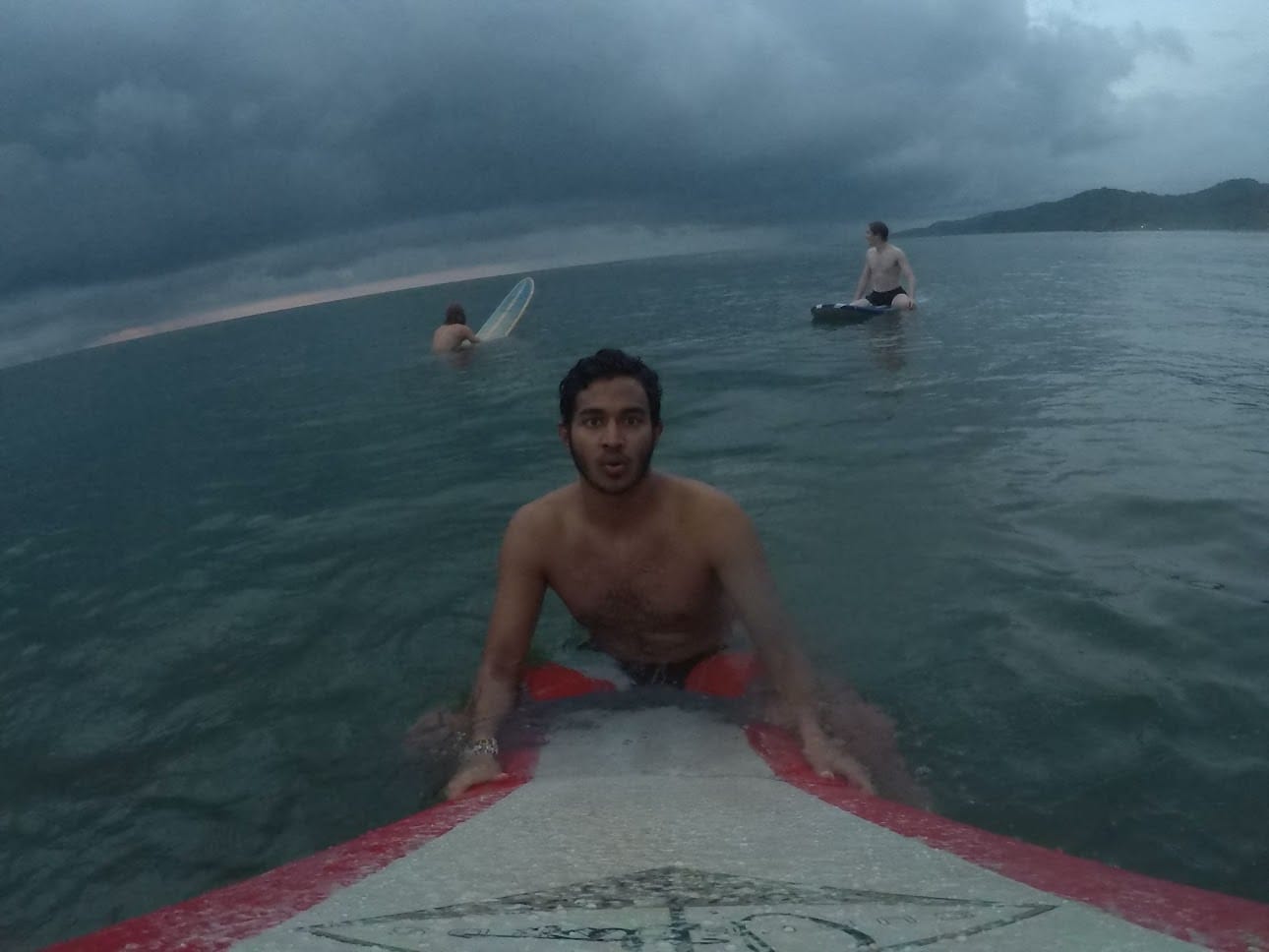
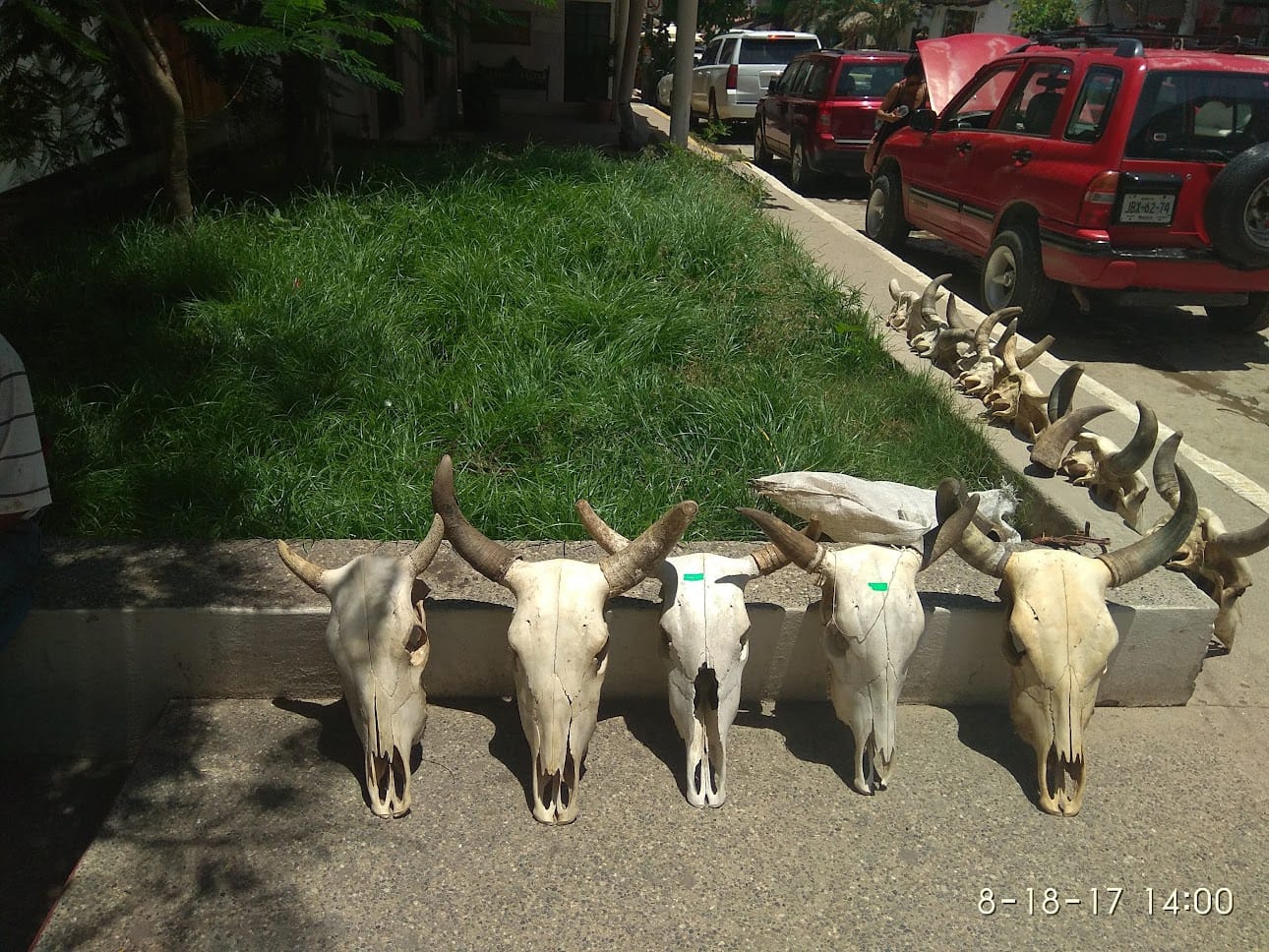
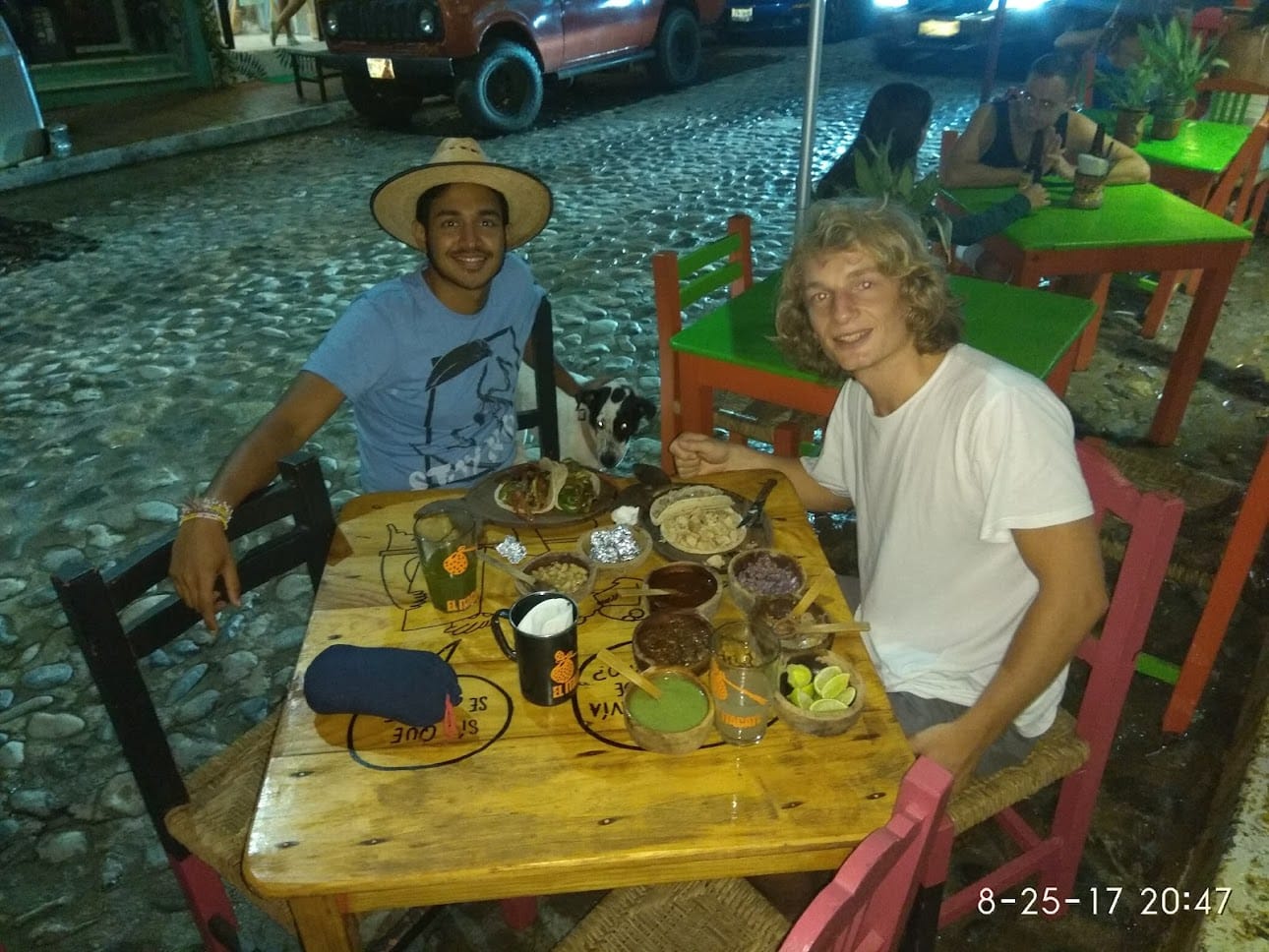
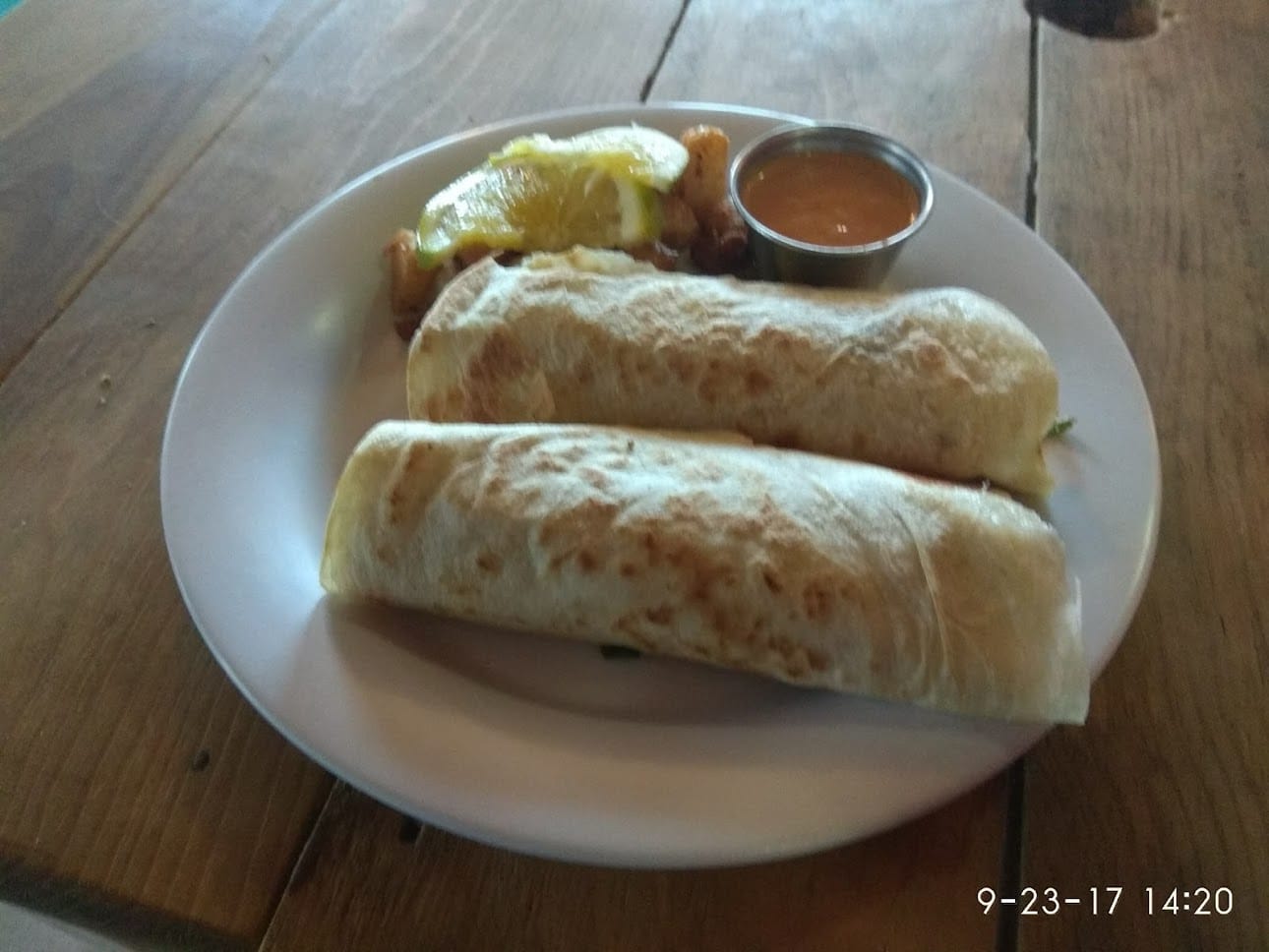
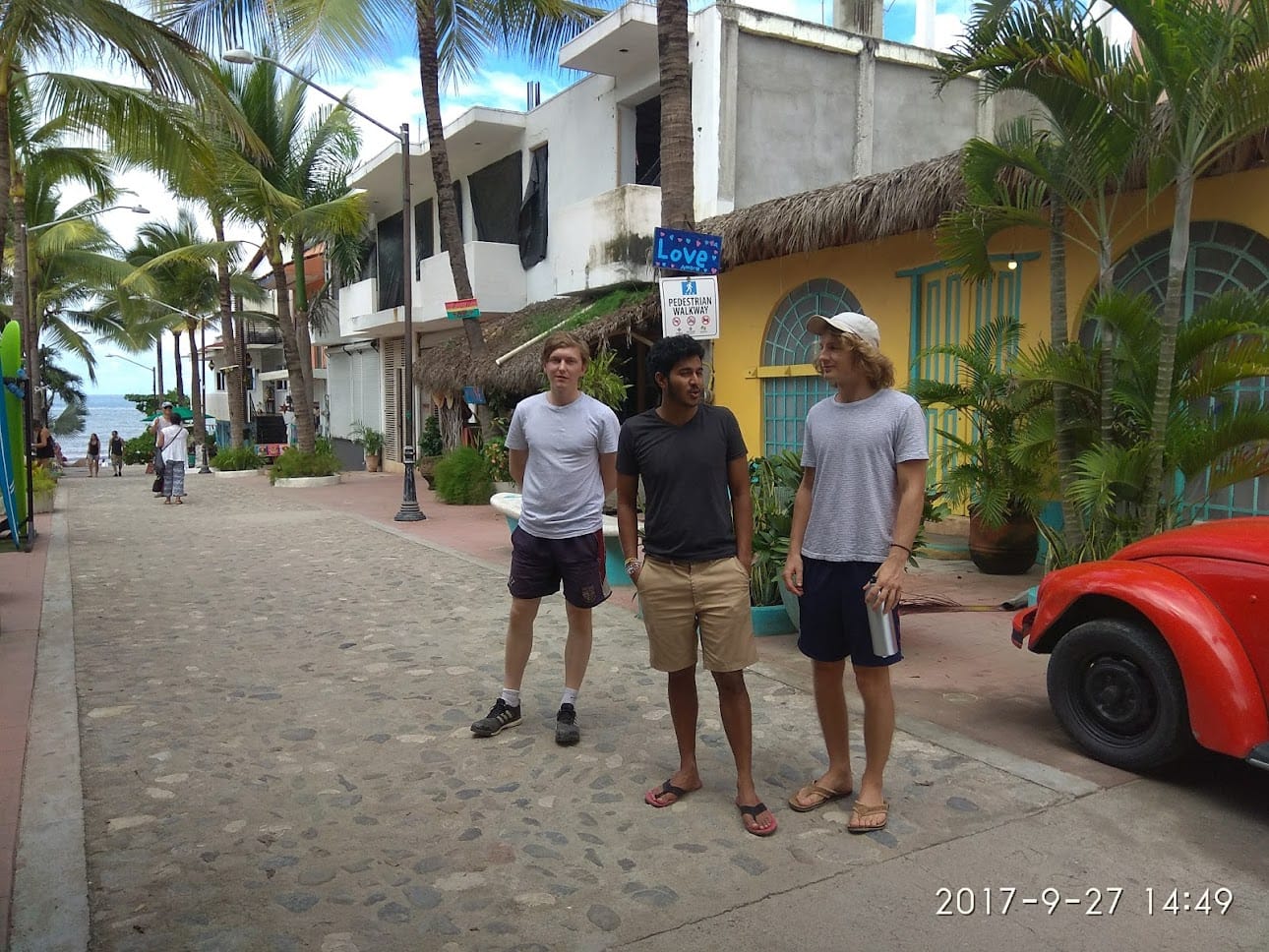
I went for a basic free diving course in Tulamben, Bali and these were the quick notes from the three days of intensive diving.
Two section breathing
a) Fill the base of your stomach first
b) Then go after the lungs
Have normal breaths or
]]>I went for a basic free diving course in Tulamben, Bali and these were the quick notes from the three days of intensive diving.
Two section breathing
a) Fill the base of your stomach first
b) Then go after the lungs
Have normal breaths or flashes to compensate for the lack of oxygen.
Two types of Freediving
a) Free immersion - you go with the line
b) Constant weight- you go with the flippers
Keep equalising and specifically for me - I need to equalise more in the first few meters.
Keep your self relaxed. Your body is asking you to breathe, but if you keep your muscles relaxed and mind calm you last longer.
Its good to take your time and relax yourself before you go in. No rush and no need to talk. Just focus on your self. Close your eyes.
Never exhale before reaching the surface, you need the air for equalization.
Equalization
- Valsalva - Force air from the lungs, natural. Takes more energy
- Frenzel - No effort from diaphragm
Push air with the back of tongue against palette.
Safety mechanisms
For Blackout, BTT - Blow, Tap, Talk
Go and wait at around 10m for the fellow diver to come
My lessons
Mind over matter
Don’t hyperventilate.
When you think you are going to panic, take a second, observe and relax. Its like meditation.
Its not about going deeper, its about getting the technique right.
Pranayama
- Kapalabhathi - Skull breathing
- Samavritti - Square breathing, 6.6.6.6
- Uddiyana Bandha - To help the movement for the diaphragm

Course PDF: http://d.cggaurav.net/FZ6B
]]>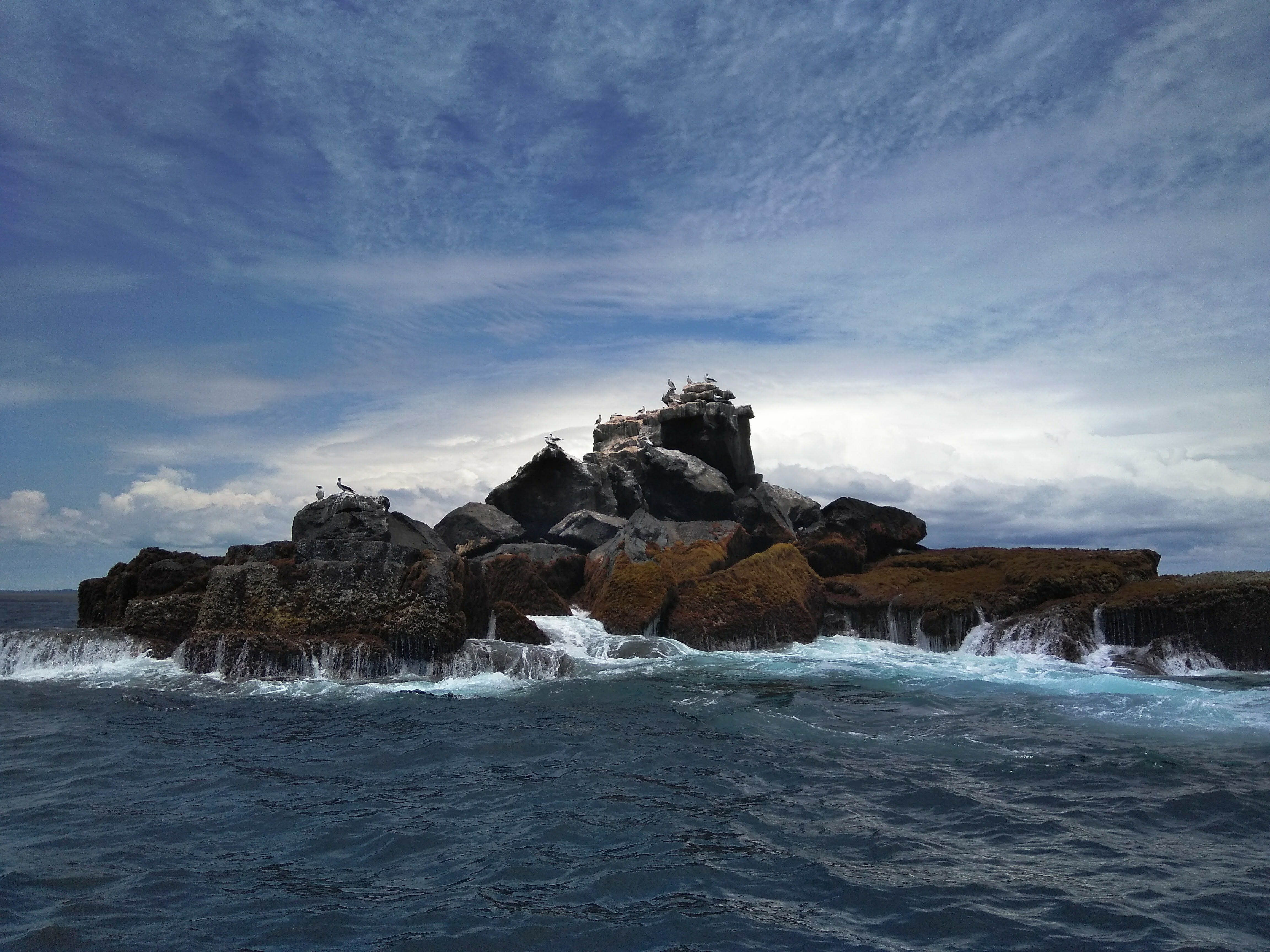 On the way to Isla Pinzón
On the way to Isla Pinzón
The Galapagos islands, famed for where Darwin came up with his ‘On the origin of Species’, was not more than a decade ago, just accessible deep sea onboard ship expeditions as with the likes of Discovery. More recently, ferry routes between islands have made it open to more commons Joes like me. I did not want to have any regrets leaving and hence decided to spend 2 full weeks with a 3 day scuba on board expedition.
I write this from memory and photos as friends ask me about how to spend their time as I look back a couple of years. The three major islands are **Santa Cruz **(where you land), Isabella and San Cristobal and the sprawl of nature between volcanic mountains, craters, rock formations rising from the water to the tortoises, string rays, iguanas, penguins, seals and sharks is beautiful.
Isla Santa Cruz
I started my trip with a long run to the Tortuga Bay.
Morning Run and Surf Galapagos | Strava

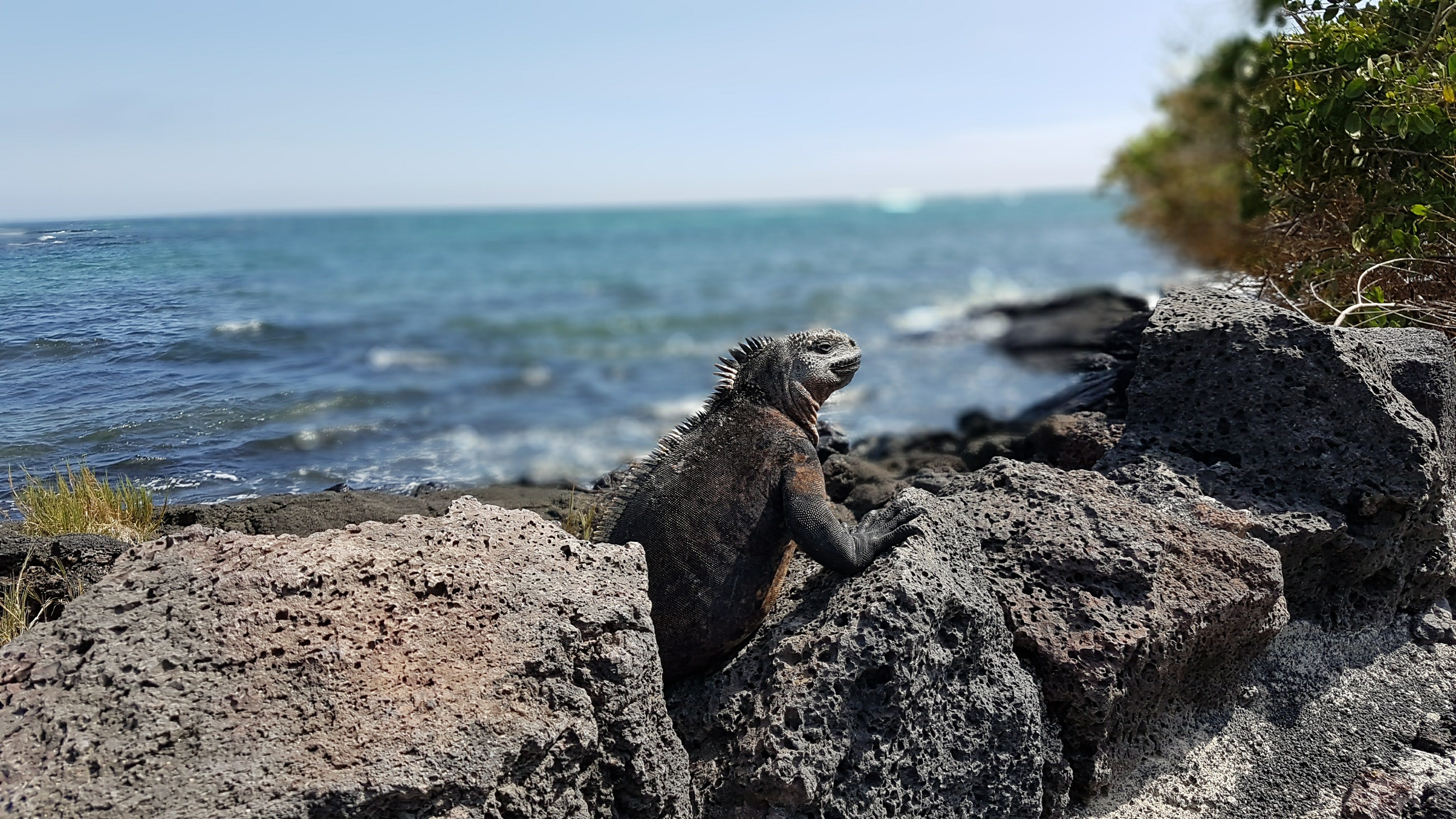
Don’t miss going to the Darwin Center for Conservation, Las Grietas and the giant tortoises at the El Chato Reserve
Don’t miss going to the Darwin Center for Conservation, Las Grietas and the giant tortoises at the El Chato Reserve
Isla Isabella
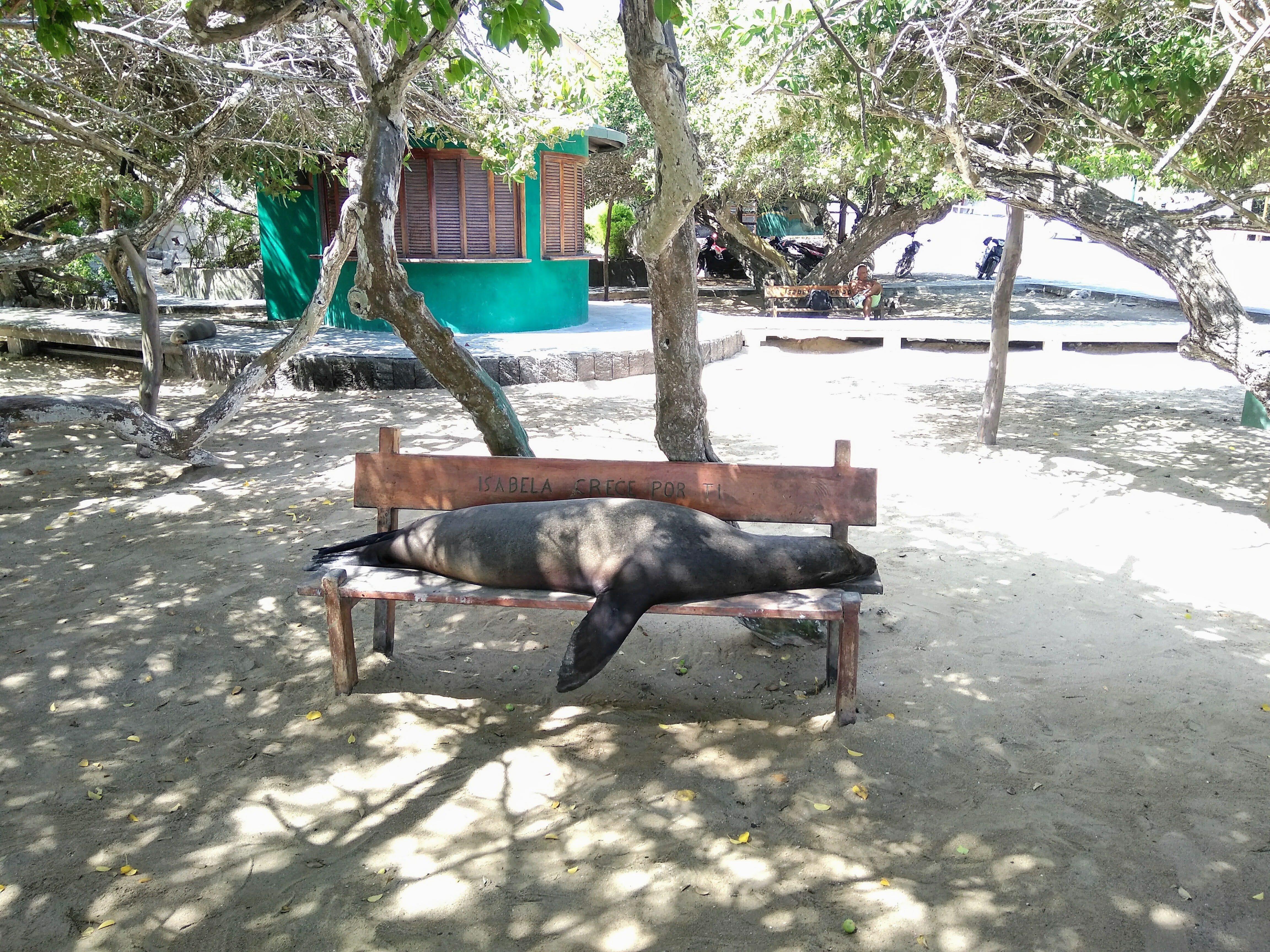 The welcome to Isabella.
The welcome to Isabella.
Tip: take snorkeling gear where ever you go, you’ll never know what you’ll find by just going for a swim.

Tuneles + Tintoreras
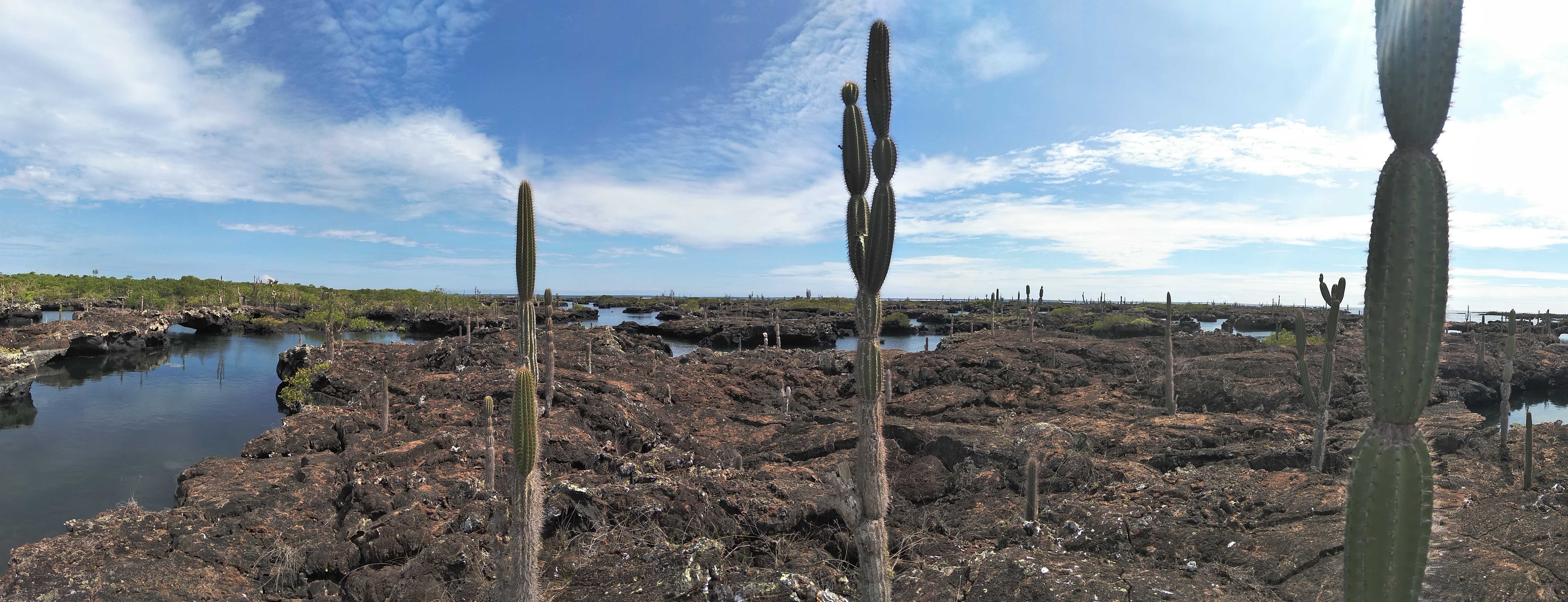
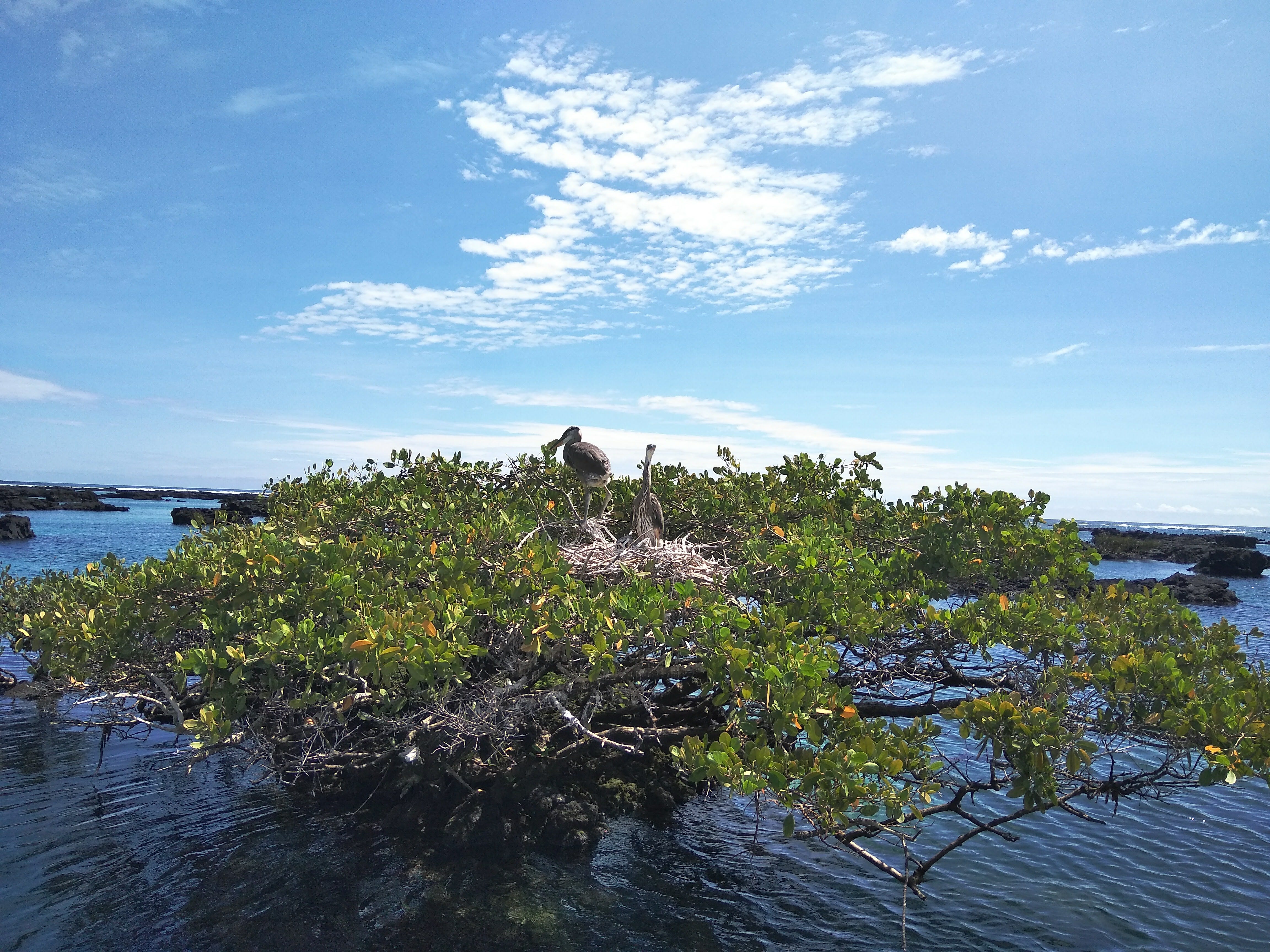 Boobies with different colored feet that tell you how prime for mating they are.
Boobies with different colored feet that tell you how prime for mating they are.
Isla San Cristobal
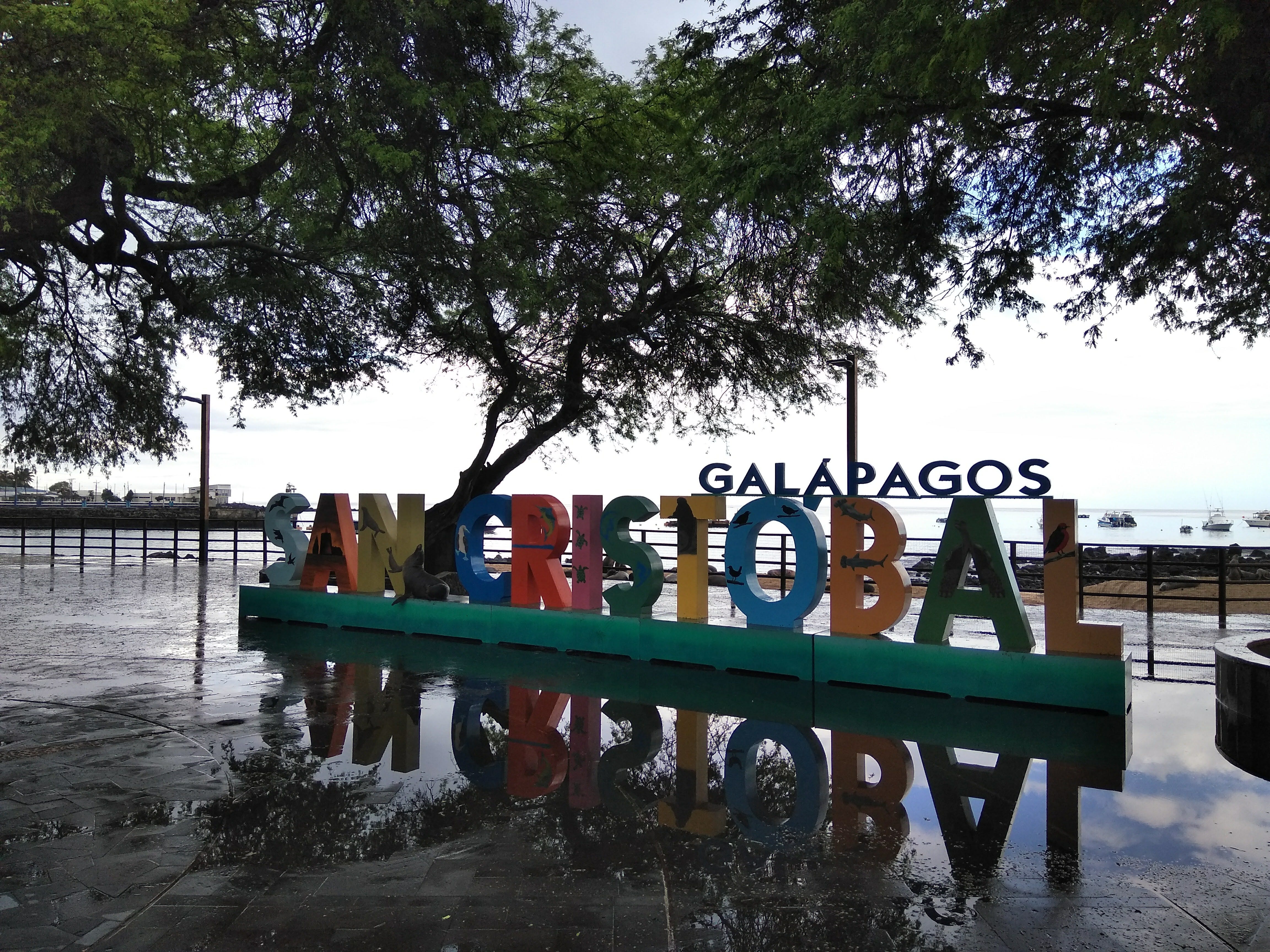 The welcome.
The welcome.
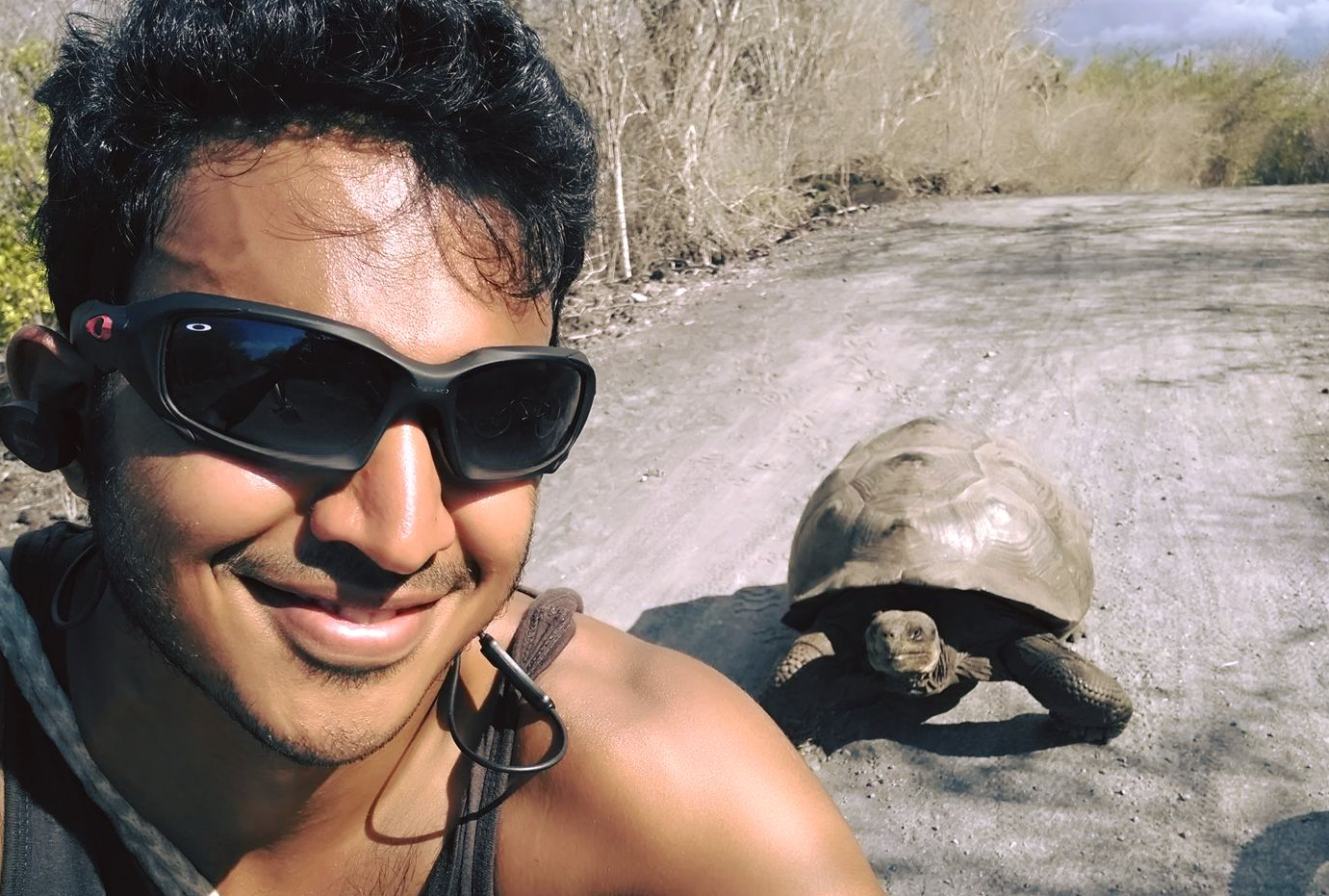 “Lonely George” won the race. On the way to “Muro de Lagrimas” / Wall of Tears of the prisoners which is what island was for in the 50s.
“Lonely George” won the race. On the way to “Muro de Lagrimas” / Wall of Tears of the prisoners which is what island was for in the 50s.
Surfing in La Loberia

 The seals come and surf along with you.
The seals come and surf along with you.
Go on a boat tour around the whole island and go on a hike around Sierra Negra.
 Sierra Negra
Sierra Negra
3 day Expedition off Santa Cruz.
Gordon Rocks
 The current here on two dives was strong and had to wait long inbetween.
The current here on two dives was strong and had to wait long inbetween.
Kicker Rock / Leon Dormido / Sleeping Lion
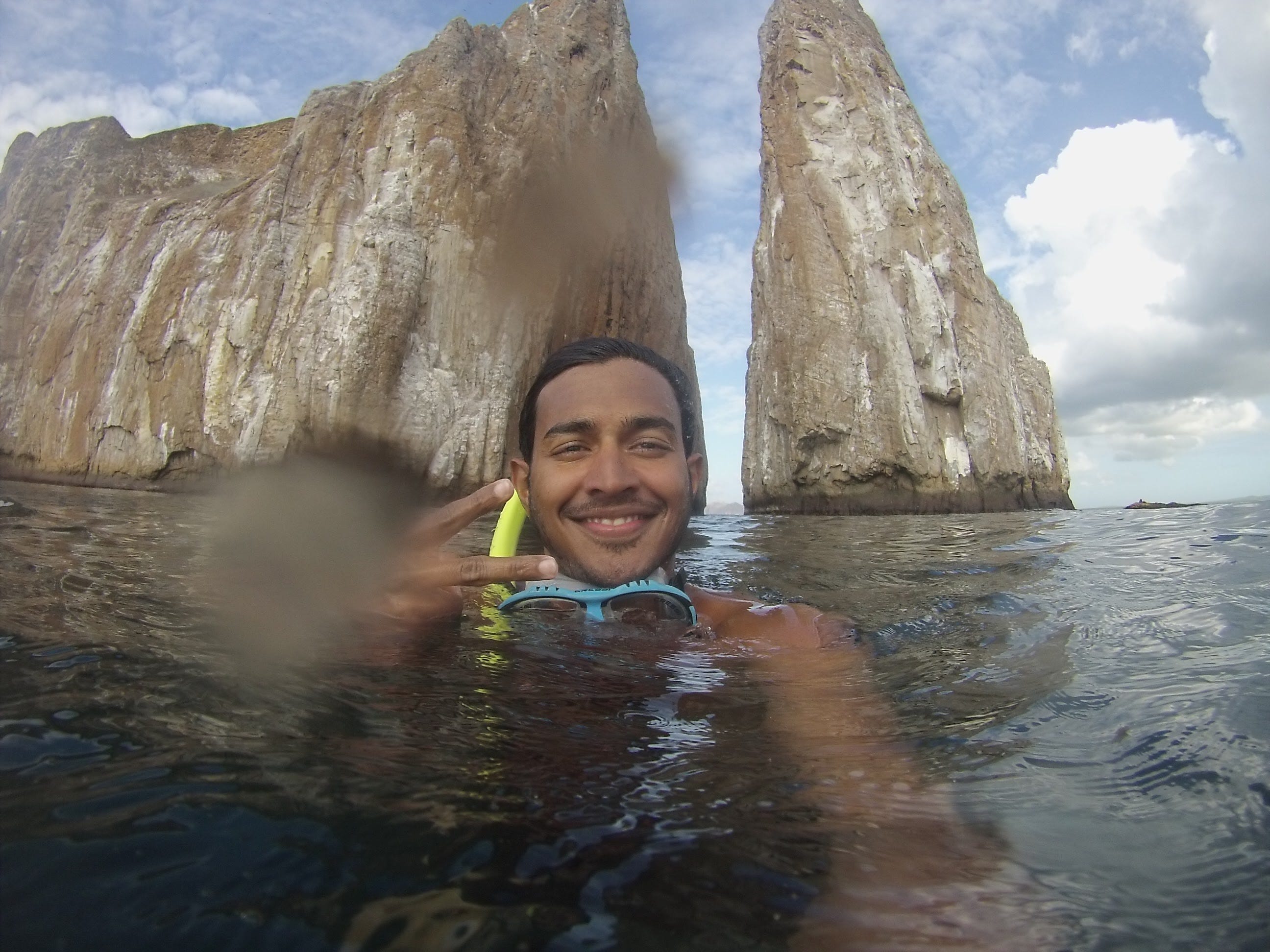 In the middle of nowhere in the depth of the Pacific.
In the middle of nowhere in the depth of the Pacific.
I left with a dream of coming back to work as a scuba diving assistant, and moreso in awe with how amazingly beautiful planet earth is; of how curious the fauna in Galapagos specifically to humans is and how important it is for humanity to preserve the biodiversity that’s in danger today.
]]>Here goes one of my favorite jumps, learning how to stabilize in the air.
A shout out to the amazing instructors at Skydance Skydiving in Davis, California; and the incredible community of wingsuiters, base jumpers and other recreational jumpers I got to jump with in my ~30 jumps.
These were a few lessons I took away.
- That fear is only in the mind. The possibility of you dropping into the floor dead is highly unlikely. Often thoughts about “if this then what”, mostly all hypotheticals, start popping up and affecting my present state of mind.
- If you go after fear enough number of times, it goes away. I did not feel that much fear after dive 15 and exits were more fun! It did come back a little when I had to pack my own parachute. ;)
- The point of maximum fear is the point of minimum danger. Your mind plays games with you.
- The first dive, even though I had prepared well, I took more time to get started. But you can only meditate so much, only prepare so much. At one point that I could be more aware of - you just act and trust your guts.
- On that note, one my main learnings from the instructors, different ones at different points is to think less, feel more. I was being too analytical about safety, a lot of questions (ain’t bad) but to enjoy the jump, you have to let go and feel more.
- Often when you become fearless, you become complacent and thats when mistakes start kicking in.
- That you could be in more control than you think you are. And the feeling of complete control over your actions is liberating.
- You have to work for your dive - I have a new found respect for packing parachutes and further, thinking of it as an art. It's also your fruit for the hard work.
- A lot of work is before the actual jump. It's the preparation behind the scenes, the things that you can’t see, the intangibles.
- Sky diving is not for the crazy, it's for the folks who can deal with calculated risk, perhaps even take advantage of it.
- The more the fear, the more the thrill. That’s the way to look at it.
- Every time I go up, I am amazed what humanity has achieved. Farms, roads, other planes, small cars that I can see, an actual plane that you are in that you can jump out of, etc.
- Packing such a big parachute into such a small bag has given me packing super powers. I used to dread packing my bags before traveling, but now its a challenge and I found my last pack to be super easy. Could fit in 20% more to my surprise.
- Fun is best when shared. The solo dives used to get boring after my jump 20, but its super fun when you jump with other people and do crazy maneuvers.
- In freefall, I felt a lightness, a strong presence, a calm and a right here, right now feeling that I hope to be in more of in normal life.
- The last 6 weeks in preparation was also a practice in not drinking alcohol, being disciplined and committed about getting everyday right and going back into the drop zone with the excitement and fear you had on day one.
- Even if the freefall is less than 80 seconds, time slows down. It actually feels much slower and you are aware of every small moment. It's beautiful.
- As Josh, the main rigger put it, we are not supposed to have this much fun as men/women. That’s skydiving. ;)
BTW, remember to pull your parachute.
Context
The “Product’ role is relatively new and there are no clear definitions for it as it often varies across companies. Interestingly it started off from a marketing role and then has moved to a place where the role often sits between different stakeholders of a company be it tech (UX/UI), sales, business, customer support/user research including marketing.

Lets go
(1) You are responsible for the ultimate success of the product. To have a successful product, the idea is to keep asking WHY keeping the end user in mind. If the repeated whys are not answered clearly, the underlying assumptions need to be revisited. Often the last set of whys answered lead to a fundamental human need.
(2) Software engineers build and fix bugs in the product and need their mind time utilized effectively for just that. The role of product is keeping the line from end users to engineers short, effective and two way, getting all distractions out of the way. Its more facilitating & leading and less managing.
(3) Building a good product is often full of distractions, more prone to failure than you expect and can get easily complex. Keep things as simple as possible (KISS), and prioritize ruthlessly.
(4) To reduce complexity, a product is often dividied into smaller products/features like by
- Platform: iOS vs Android vs Web
- Feature: Recommendations on Netflix, Search on Spotify, Messenger on FB, Moments on Twitter.
(5) Define your Metrics
KPI or Key Performance Indicators define if the product is going in the right direction. KPIs bring teams together and its important to define them well. Common ones are
MAU/DAU = Monthly active users, daily active users.
MRR = Monthly recurring revenue.

(6) You don’t need to be the IDEA person to figure out how to solve all product problems. As long as every major decision comes from a deep desire to get closer to the truth to find product market fit, you are avoiding major pit falls.
Where do ideas come from? Employees, Metrics, Users
(7) Technical Knowledge
- AB Testing (Optimizely)
- Core principles for UI/UX design to not reinvent wheels.
- Analytics (Google, Kissmetrics) and how to track actions.
- Prototyping using Proto/Balsamiq
(8) Product lifecycle
Be aware of which stage a product or feature is in.
- Conception of Feature after Ideation/Brainstorming
- Project Planning
- Developing Software
- Iterate (Test feedback)
- Launch
- Iterate + Steady state (OR) Fail

(9) How do we develop the product?
Minimum viable product (MVP), Lean Startup by Eric Ries talk enough about to keep product development effective.
From a software point of view, development is “Agile”, and there are two schools of thought.
- SCRUM
Tickets created are units of work assigned to a developer.
Sprint. Generally two weeks.
Sprint planning moves tickets from product to sprint backlog.
Daily <15m stand up meetings with (Now, Blockers, Next)
- KANBAN
Not as strict as Scrum, more “relaxed”. Harder to “estimate” work.
Kanban Board. Has only three columns. TODO, IN PROGRESS, DONE.
No sprints. Only “product” backlog, which is endless.
No specific meeting types.
Only a certain number of tickets that are in progress.
(10) Set up an effective COMMUNICATION architecture.
People fuck up all the time, so keep the atmosphere positive, less blame games, give credit when its due and keep customer satisfaction as your light at the end of the tunnel. This can happen irrespective of what personality type you fit into.
With communication, focus on the what (given whys are answered) over the hows.
What works
- 1–1 meetings. How are things going? What are you concerned about?
- Retrospectives from sprints. What have we done the last two weeks? How can we do better the next two weeks?
(11) Common Cognitive Biases
- Halo and Horns effect. Causes you to allow one reason/one advantage, either good (halo) or bad (horns), to overshadow other reasons. Eg: Good looking people thought to be intelligent.
- Availability bias. We tend to remember frequent & recent events and use that for reasoning even though they might not be supportive (enough)
- Sunk Cost Fallacy. Classic. We tend to rationalize and put more resources to a project that is failing hoping to see the tables turn. Often why pivot decisions take longer and feel hard to make. “We have come this far…”
- Boredom syndrome. Most (ambitious) humans have the tendency to need to act, even when their actions are not needed. We also tend to offer solutions even when we do not enough knowledge to solve the problem.
- Influence of stress. Biases become more prominent when stressed. Hasty decisions.
- Mood affiliation: People choose a mood or attitude, and then find the disparate views which match to that mood and, to themselves, justifying those views by the mood.
(12) Conduct User interviews
Often under worked on, but talking to end users defines where the product needs to go.
- Ask for feedback often and go after different profiles of end users.
- Have a clear list of questions to ask them and keep this open with WHAT and HOW questions. Informal however.
- Don’t reveal what you are working on. Its important that they trip on it and this is possible because its a “problem” they have. This is the AHA moment you have to lead them into.
Each of the above pointers may or may not work you since each product/team is different.
What have I missed? Let me know in the comments.
Thanks to Ricardo Vice Santos & Ian Robbins for their tips here.
]]>We had an international
]]>We had an international group of students from all over the world and the teachers flew in all the way from Canada to teach the course. Note that all of Vipassana runs on donations.
What is Vipassana?
In Pali, the language that Buddha spoke 2500 years ago, it means looking at reality as is and not who you want it to be.
I went in with an open mind and took it up as a challenge to meditate straight for 10 days which I have never done before. I have done meditations before and come from a culture where I have meditated from young. Further, I have never been away from using my phone or computer for that long either.
How does it work?
In general you are meditating close to 7 hours starting at 4 am and ending at 9 pm with 4 sessions, spread across 2 hour and 1 hour sessions with a discourse for an hour with Goenka at 7:30 pm.
Thoughts
- No, you don’t get enlightened in 10 days.
- I became more aware of the reactive nature of my mind.
- When fear or anxiety arises in any thought
- At some points, I went on a journey with an idea 5. I had in mind, and gave power to the thought and loved the journey, though that’s craving and the process is to be aware of the imagination and get back to the present moment.
- Some thoughts get crazy when you do nothing but meditate. Movies, comics and nightmares, dreams don’t even define crazy. An idle mind is a devils’ workshop and that’s what you learn about the mind.
- Self doubt crept in whether if I am doing this right and I did think about skipping sessions, slept through a few and did want to leave on the 6th day. But the teacher was kind and prodded me further.
- You become very aware of bodily sensations even at the tiniest parts.This is the core of Vipassana to know what you feel to any stimuli with your body and short circuit if and how your mind reacts to it. Your mind has a lot of preconditioning on how to react to fear, anxiety, pain, love, happiness etc.
- Disassociate physical pain from mental pain.
I faced a lot of back pain from the 4th day and interestingly on the 7th, once you don’t react to the pain and you focus your attention on different parts of the body, you only sense the physical pain and that’s bearable. :) - I ended up just smiling for no reason the the whole of last day.
- You deeply understand and experience your reality, the sensations that you have in your body, moment to moment.
- Irrespective of what you feel or think, you maintain equanimity and awareness moment to moment, with non reactivity, not having aversion fo the pain to go or having craving for any kind of sensations.
- Vipassana is more practical than I thought it was. Leave philosophy and intellectual discussions aside and dives deep in.
- You tend to observe even the tiniest detail of sound, light, sight in nature and start observing things in detail in your breaks, which is beautiful
- You are agitated initially for a couple of days wondering what’s happening on FB, Instagram, if you’ll miss a major event in the world, but life goes on and on the 11th day I was overwhelmed opening my phone again. I am more aware now, at least briefly since its just two days how I am using my devices.
- I felt like continuing further after 10 days in the state of silence and work deeper in my meditations.
Starting to talk again on the 10th day feels awkward, and puts your brain in another mode altogether, the ‘chattering’ mode and is the day to day modality of the brain, not what you experience at Vipassana! You do feel like a child again talking. My words weighed more the last few days, lets see!
For friends who are interested in trying Vipassana
If you are new to meditation, I suggest taking a few weeks before to meditate and feel comfortable meditating an hour everyday.
Be mentally prepared that its not a retreat where you relax. You need to work on your meditation.
Be physically fit, and have your back and glutes strong. You’ll have to sit for a long hours being still.
Take as many cushions as you need to make you feel comfortable during meditations.
Have a sweater to feel warm during the night if its cold in your location.
If you go back to Sweden’s history, the reason why people are musically inclined is because of their singing tradition. Swedes used to often come together and sing together, a tradition called Allsång. One of the biggest primetime TV shows is based around that every summer, aried from the early 1980s. The lyrics to the songs are even put to the tv-screen so you can sing along at home, something like Karoke.
Secondly, It is common for a person to take up playing an instrument early in school. I hear from a friend that they had to learn to play one instrument or the other and it was obligatory as part of their school curriculum.
I had the opportunity in early 2011 to work with a friend’s company, called OpeningAct, which created a competition for upcoming bands to open for a famous band in Stockholm. This gave me a chance to experience different kinds of music and understand the music scene in Sweden.
The most popular genres in Sweden are hiphop+pop, heavy metal, punk and electronic+house. Or atleast what I came into contact with. I am convinced that there is reggae,jazz, country and folk, though I didn’t get to hear such.
These are three of the artists I like, which are not mainstream, but have a taste of their own.
[1] Melissa HornMelissa’s horns songs are slow and calm, and often with theme of love. She has a gifted voice, and even though I don’t fully understand her lyrics, I got to watch her at a release party in late 2011 for her album Melissa Horn – Innan jag kände dig and was super impressed. I’d play her music on an evening to relax and unwind.
[2] Veronica MaggioVeronica’s music is much more peppy and pop. Her high pitched voice takes her audience by storm and some of her fast numbers have become extremely popular in the Nordics. One of my favorite songs is Veronica Maggio – Mitt hjärta blöder
[3] HoffmeastroI had the chance to watch Hoffmeastro in a live packed event in summer. Mostly with a following of younger generation, his style is electronic + reggae. Since some of his songs were in English, I developed a liking for HOFFMAESTRO – So You Do [Slimi Jimi Bubby Boy]
Other mentions include Daniel Ray Adams, Timbuktu, Langfinger , Bara På Låtsas, Nordstorm
Some of the Swedish music I loved from 2011 | Swedish
If you are looking to get a glimpse of Nordic Music, visit
[1] Way out West, mostly rock and hip hop, in Gothenburg, happens second week of August.Way Out West
[2] Metaltown, mostly heavy metal, in Gothenburg again, happens mid JuneMetaltown
[3] Roskilde, in Roskilde,Denmark, Electronic, Rock and World Music, amongst others, which happens in end of June, early July.Roskilde
]]>